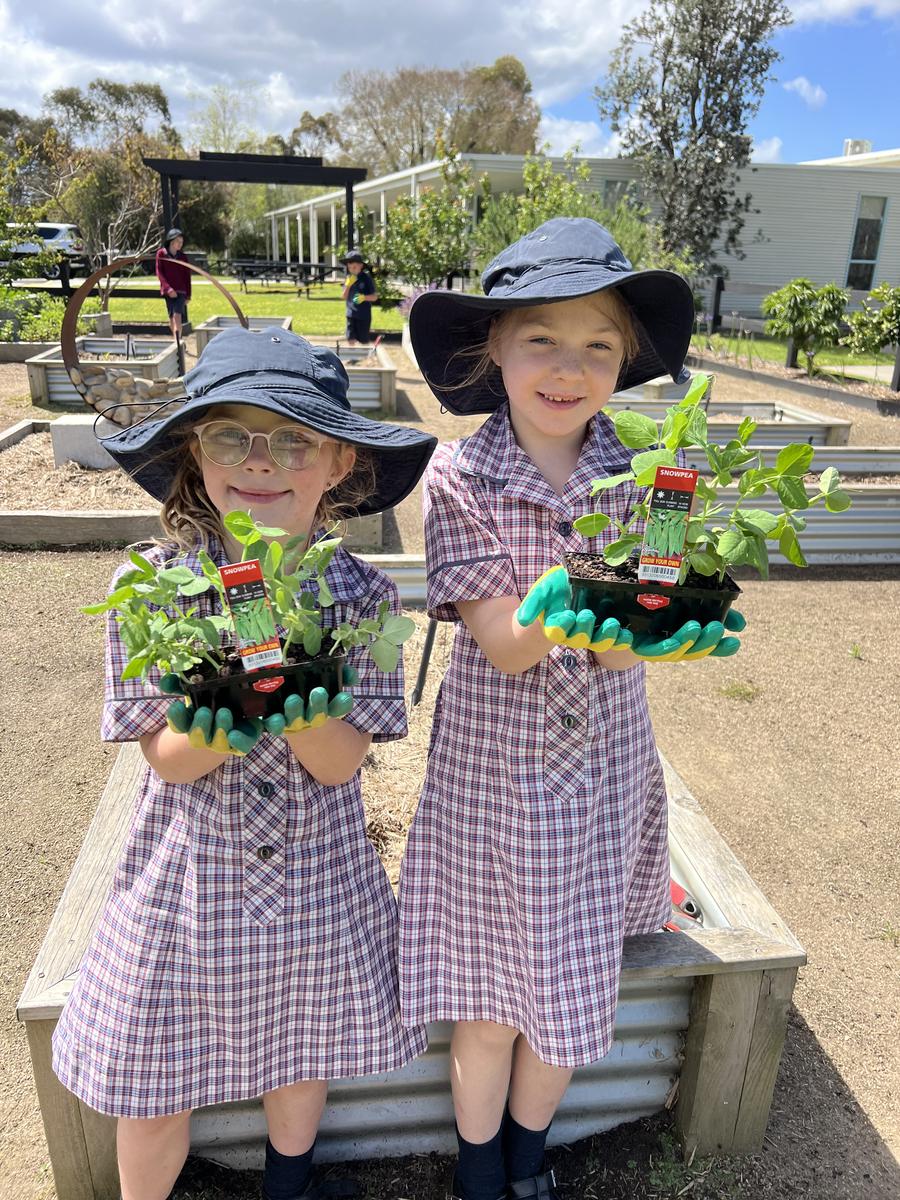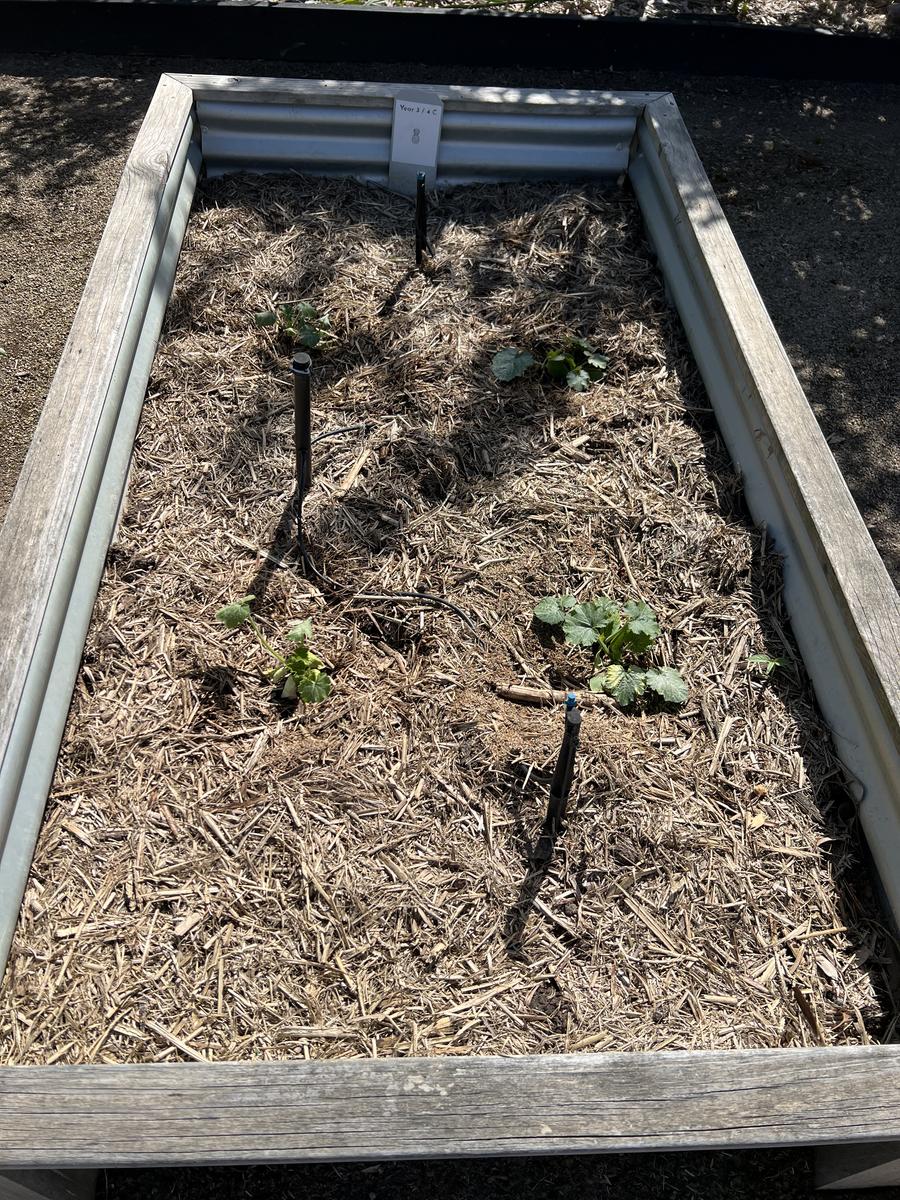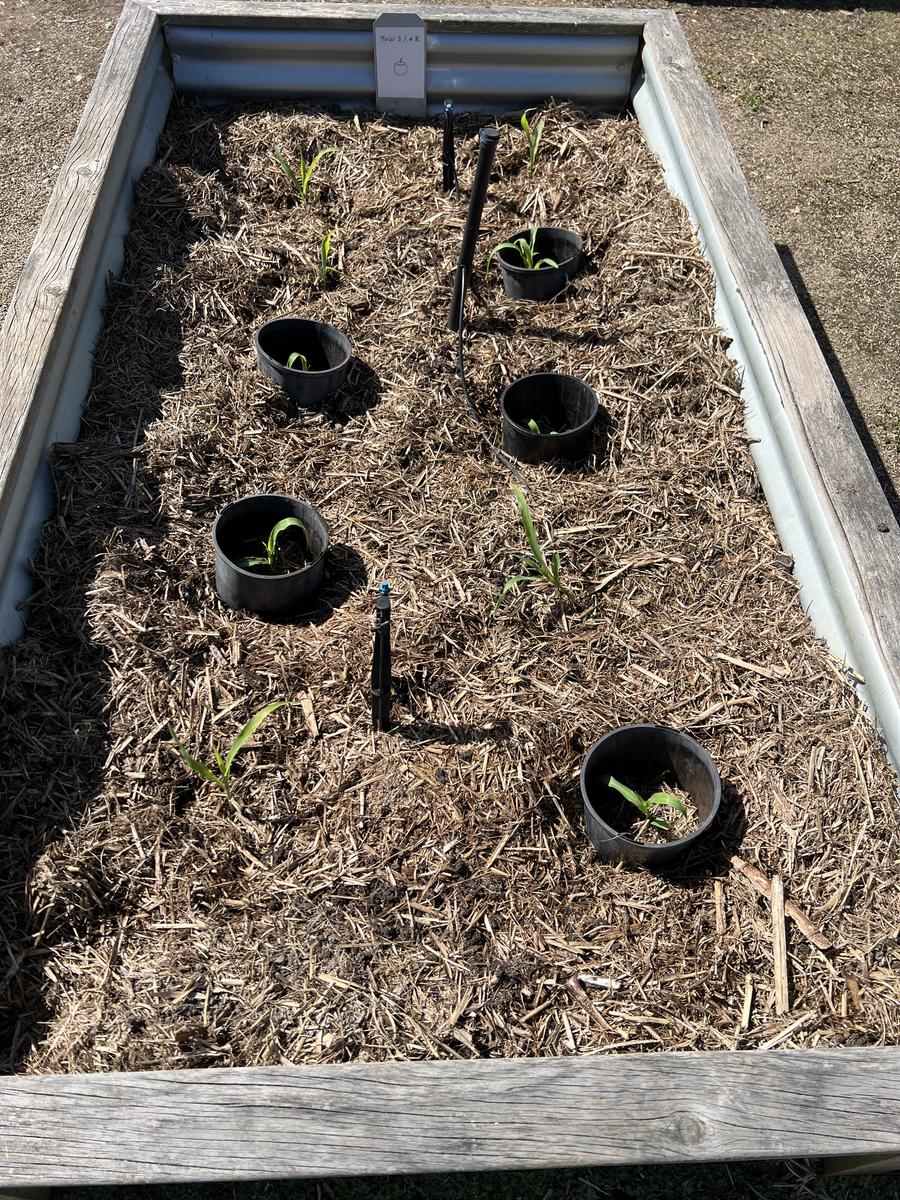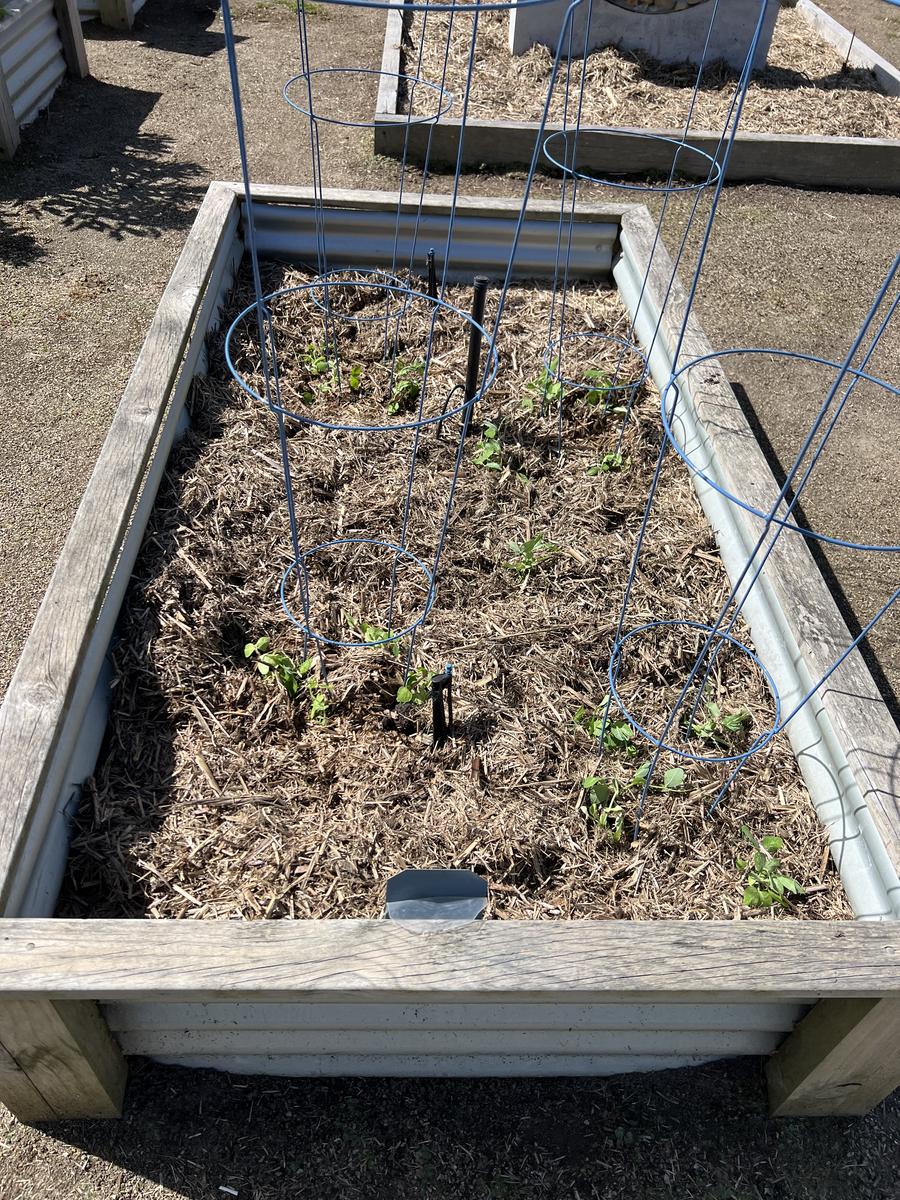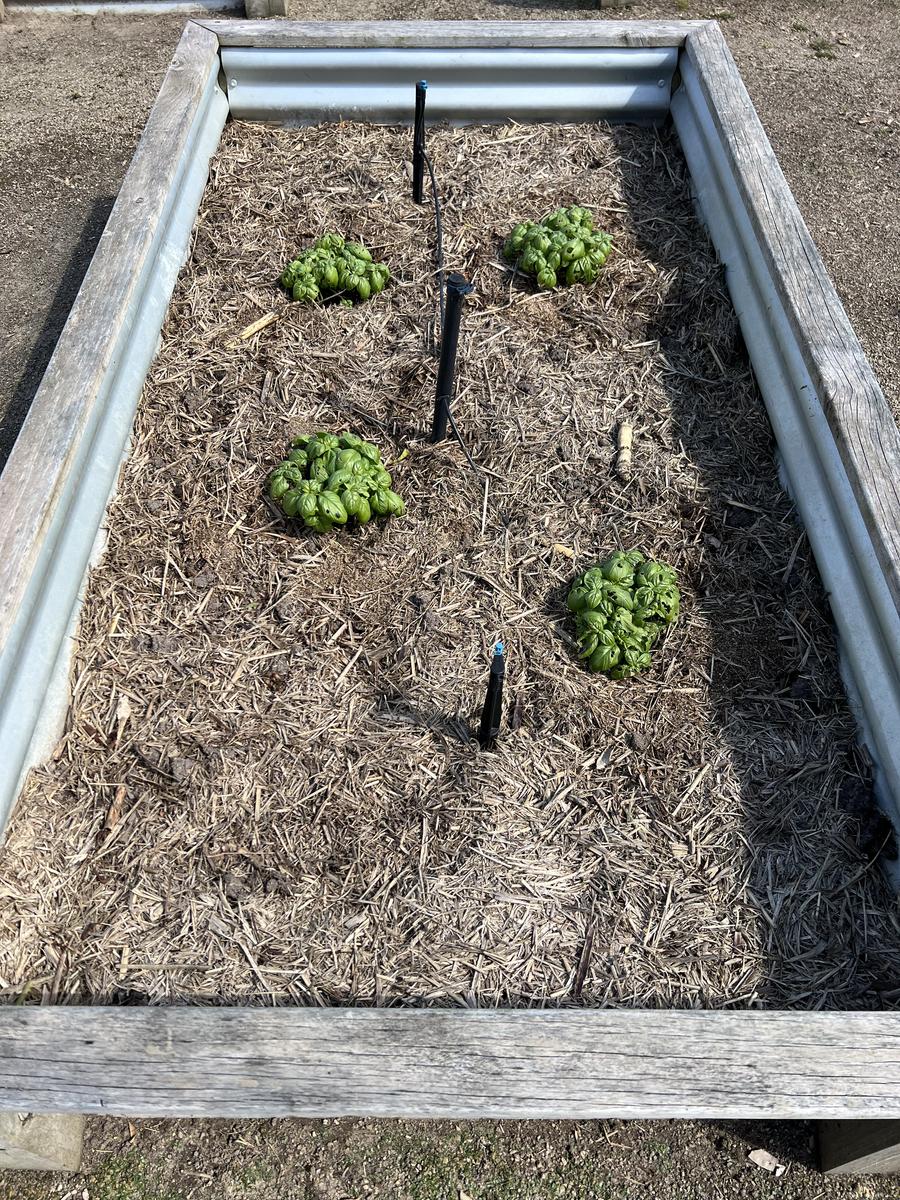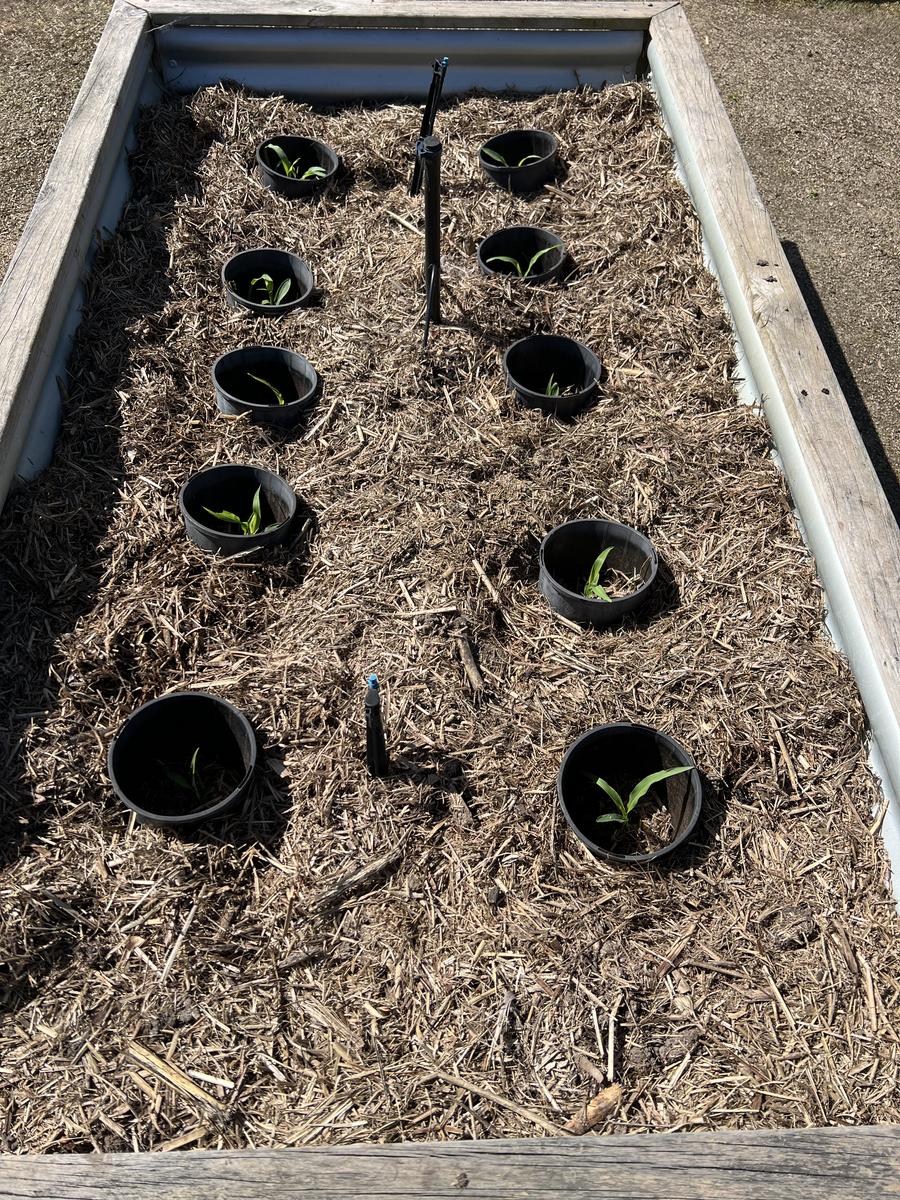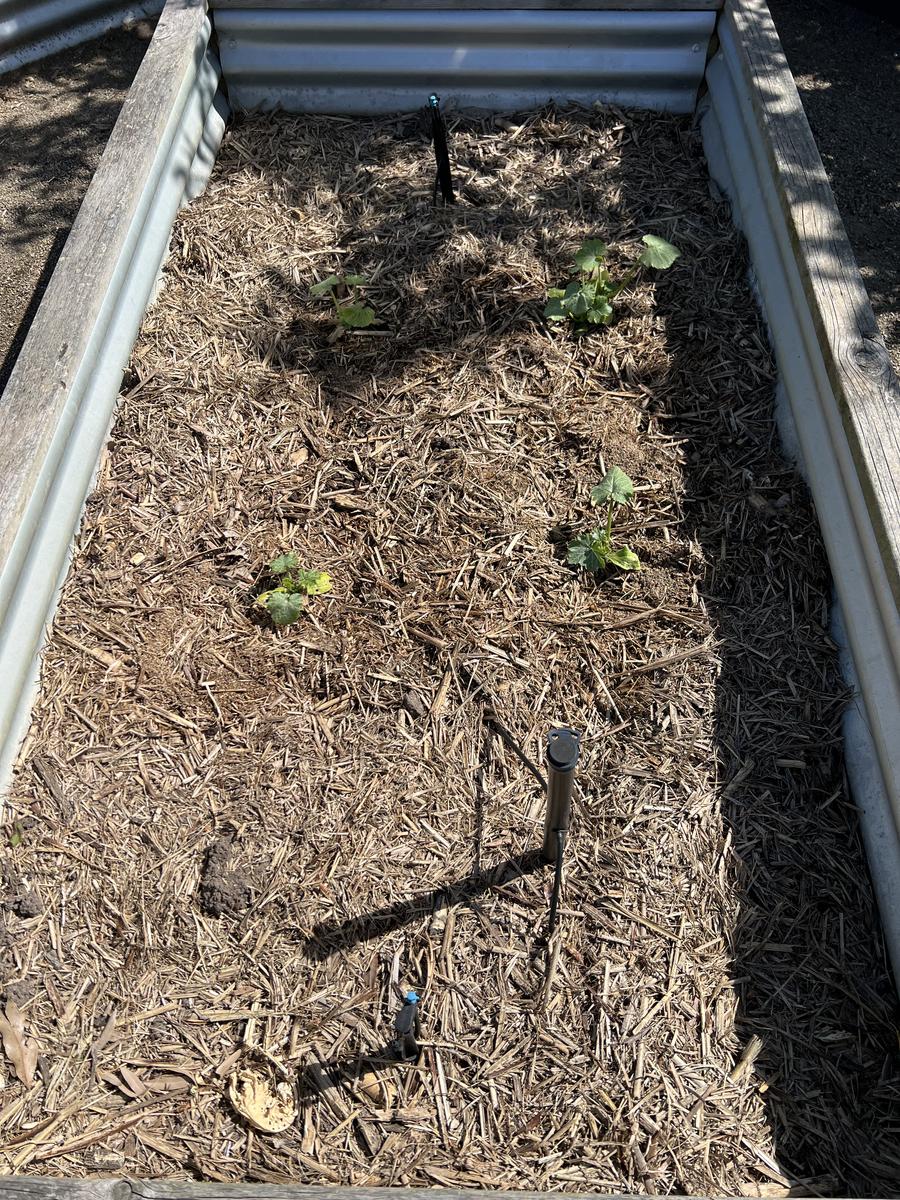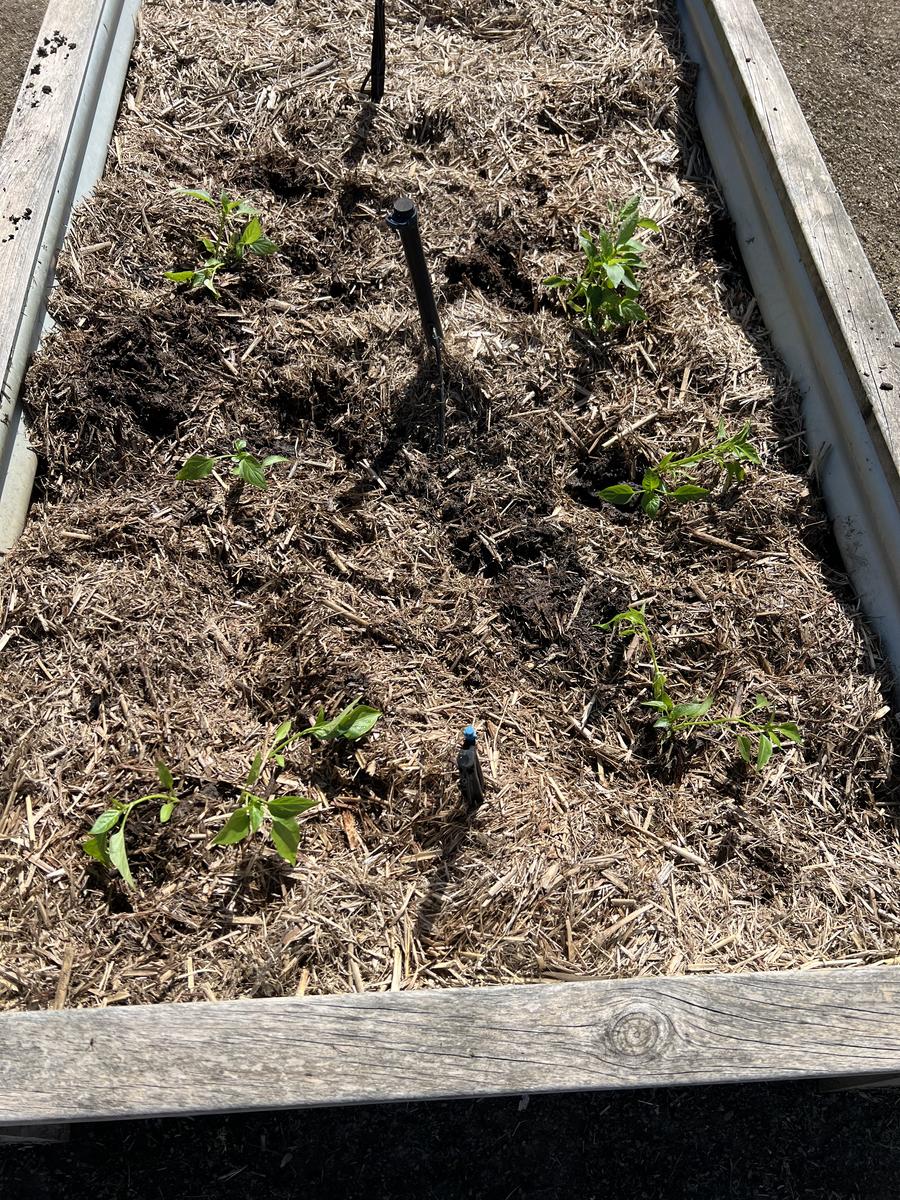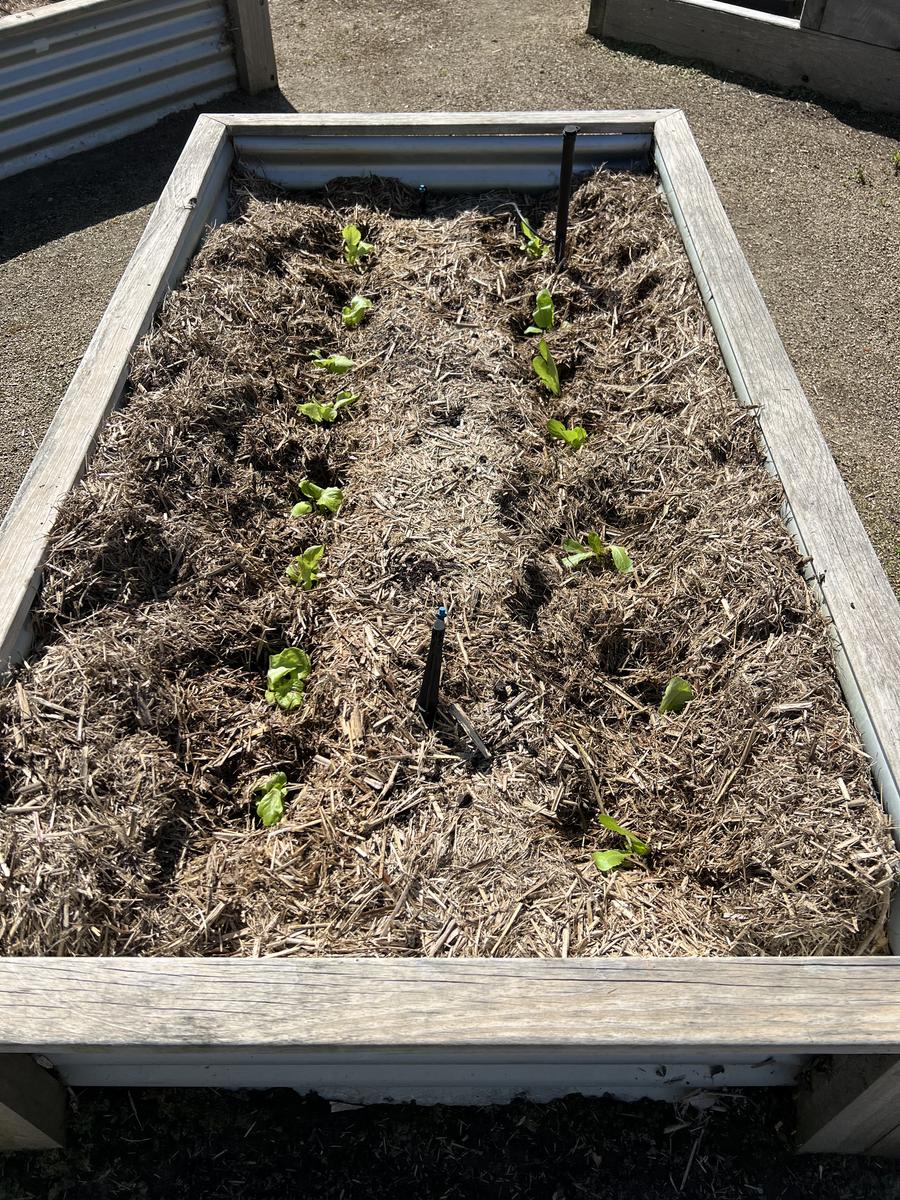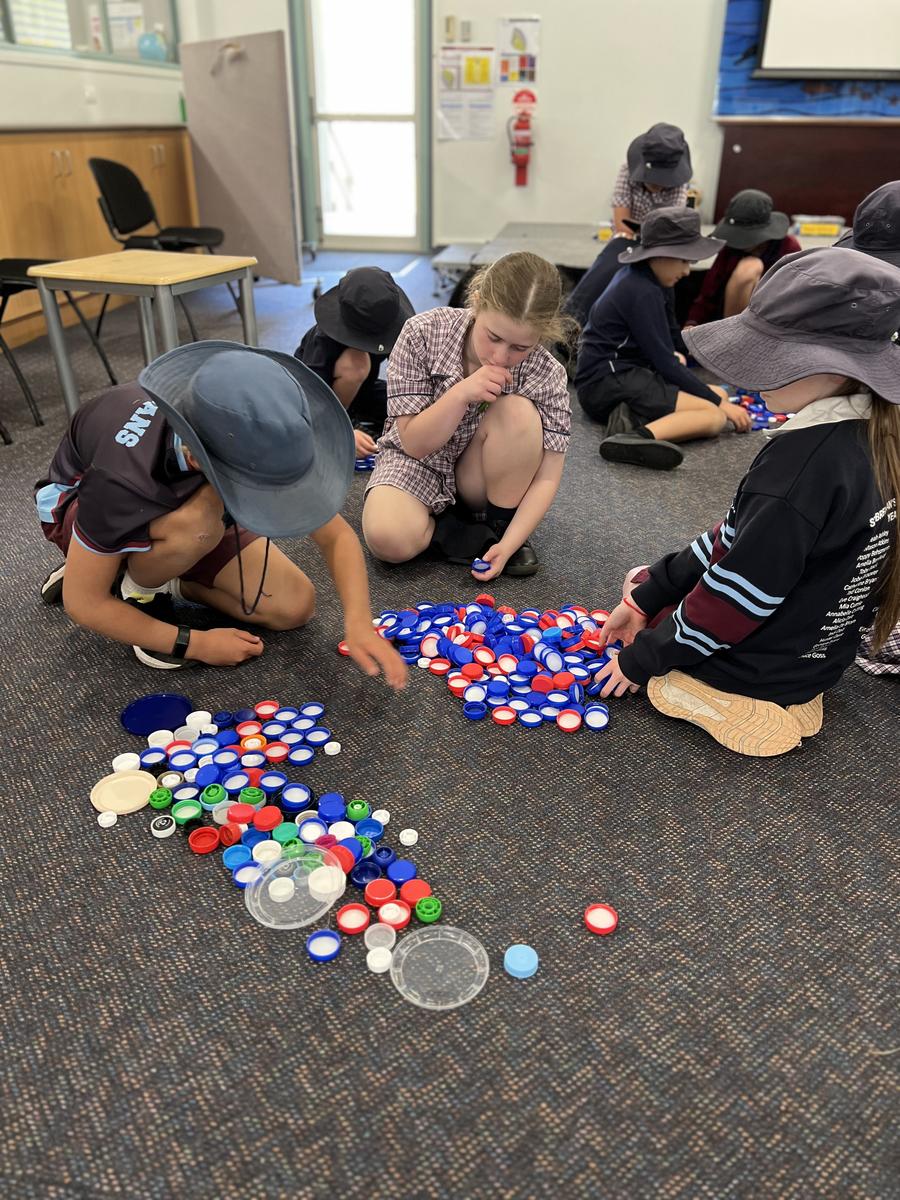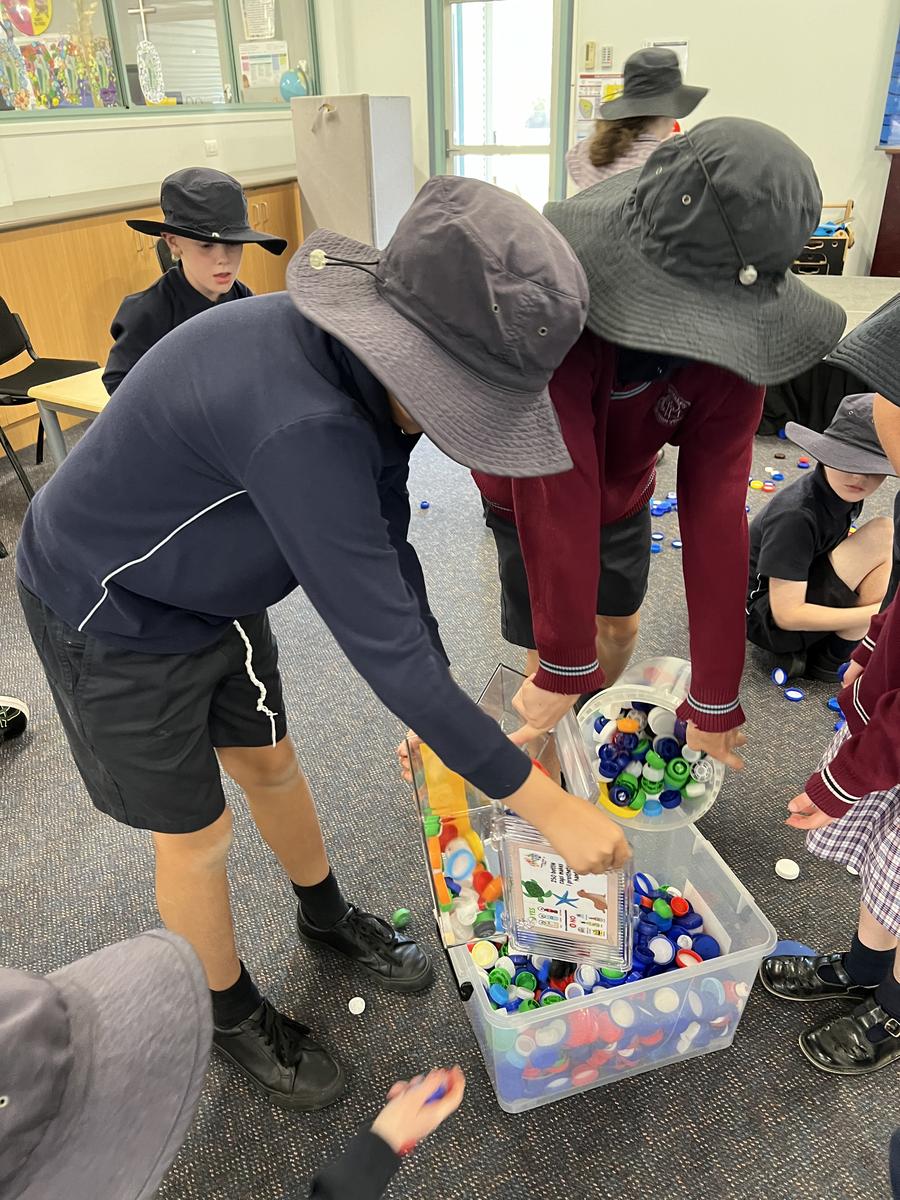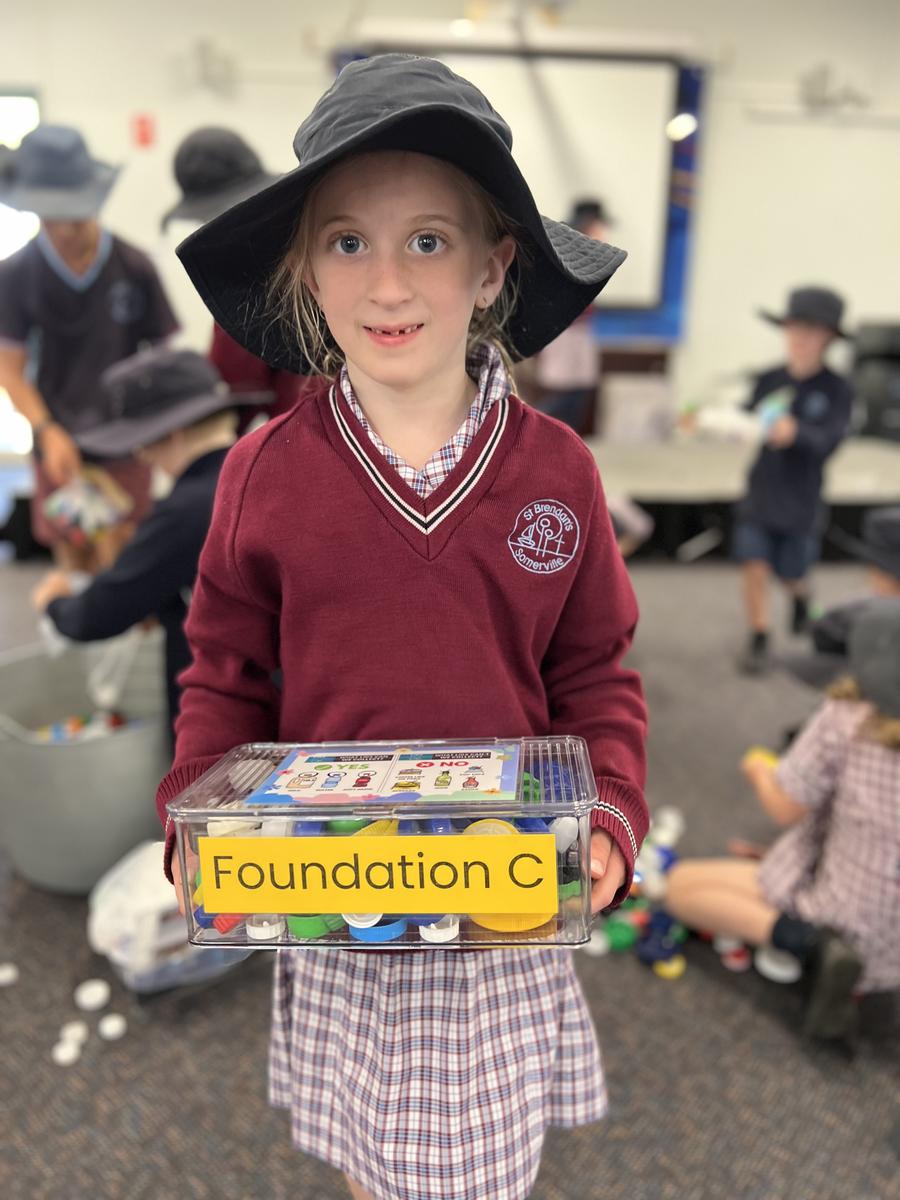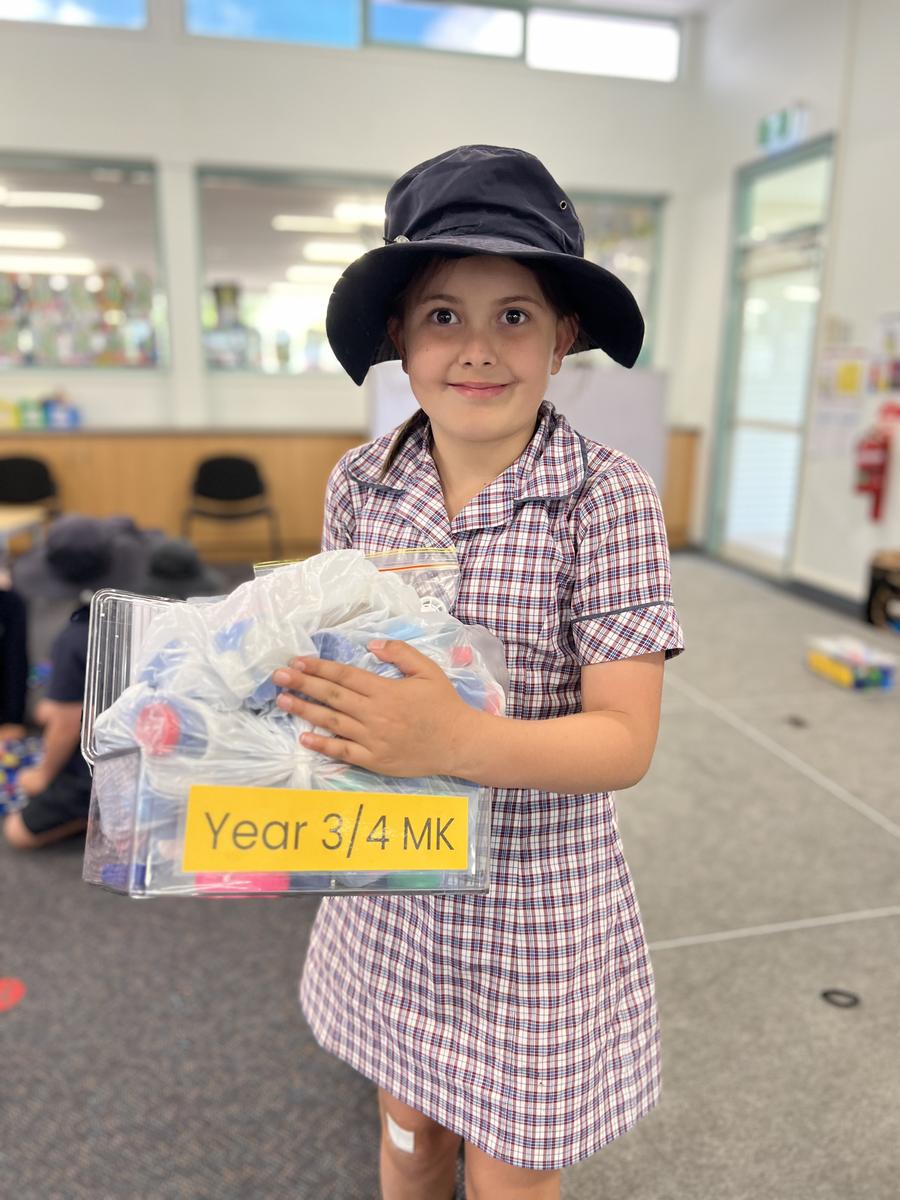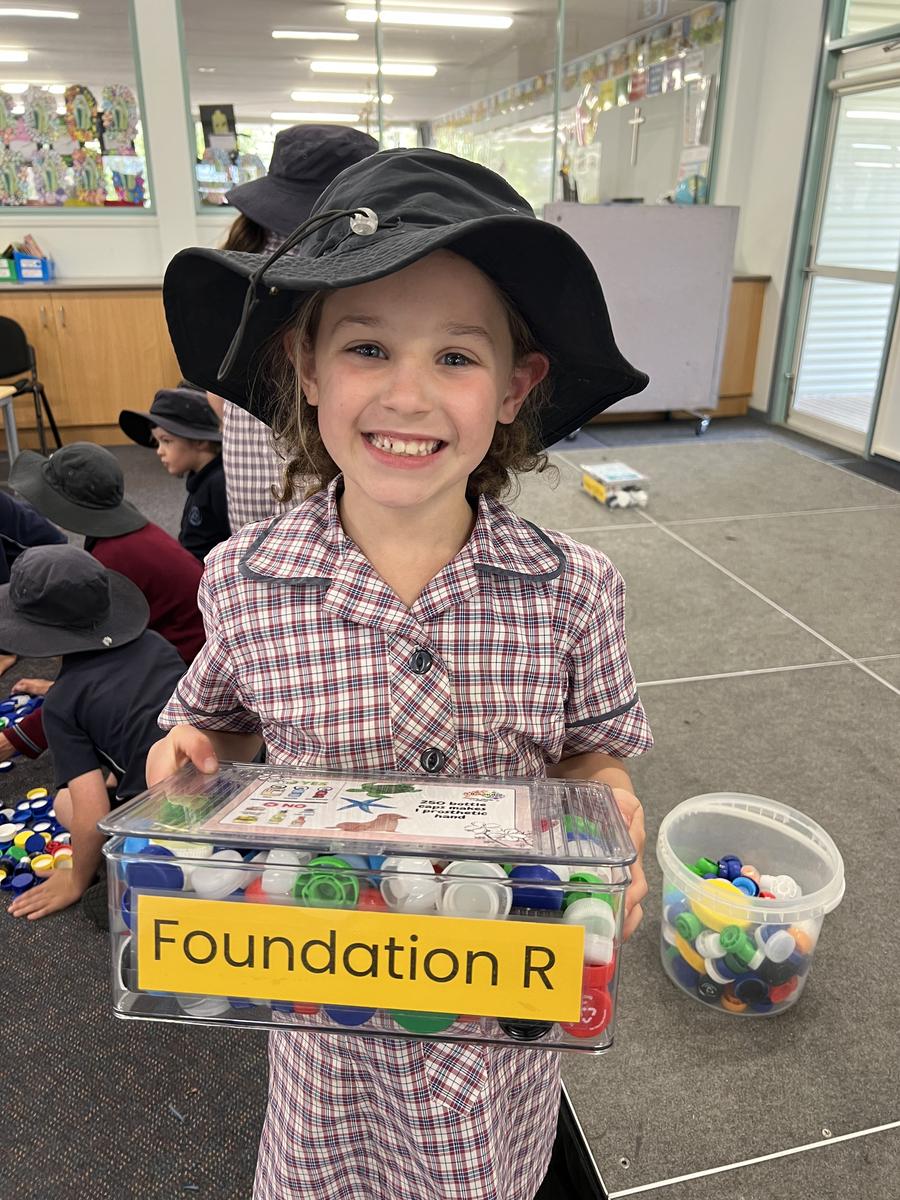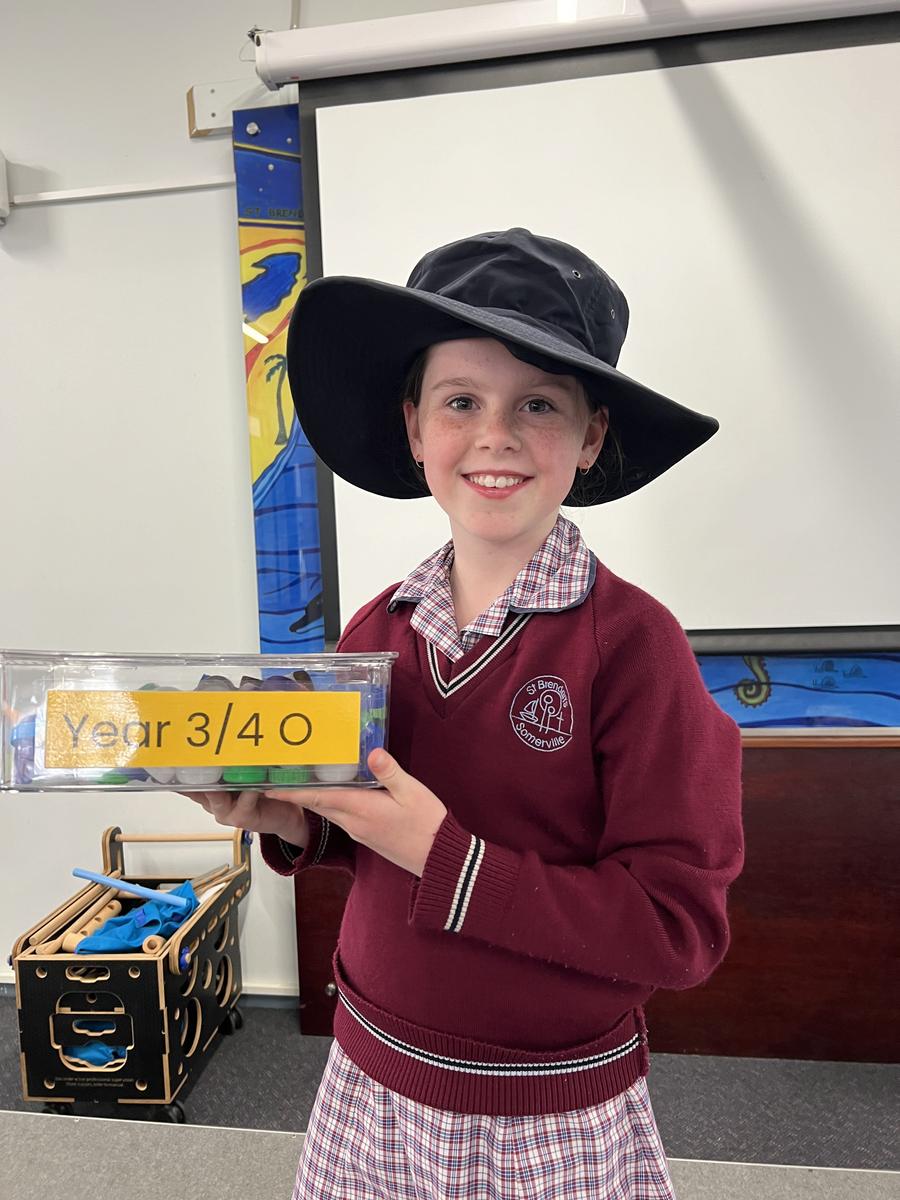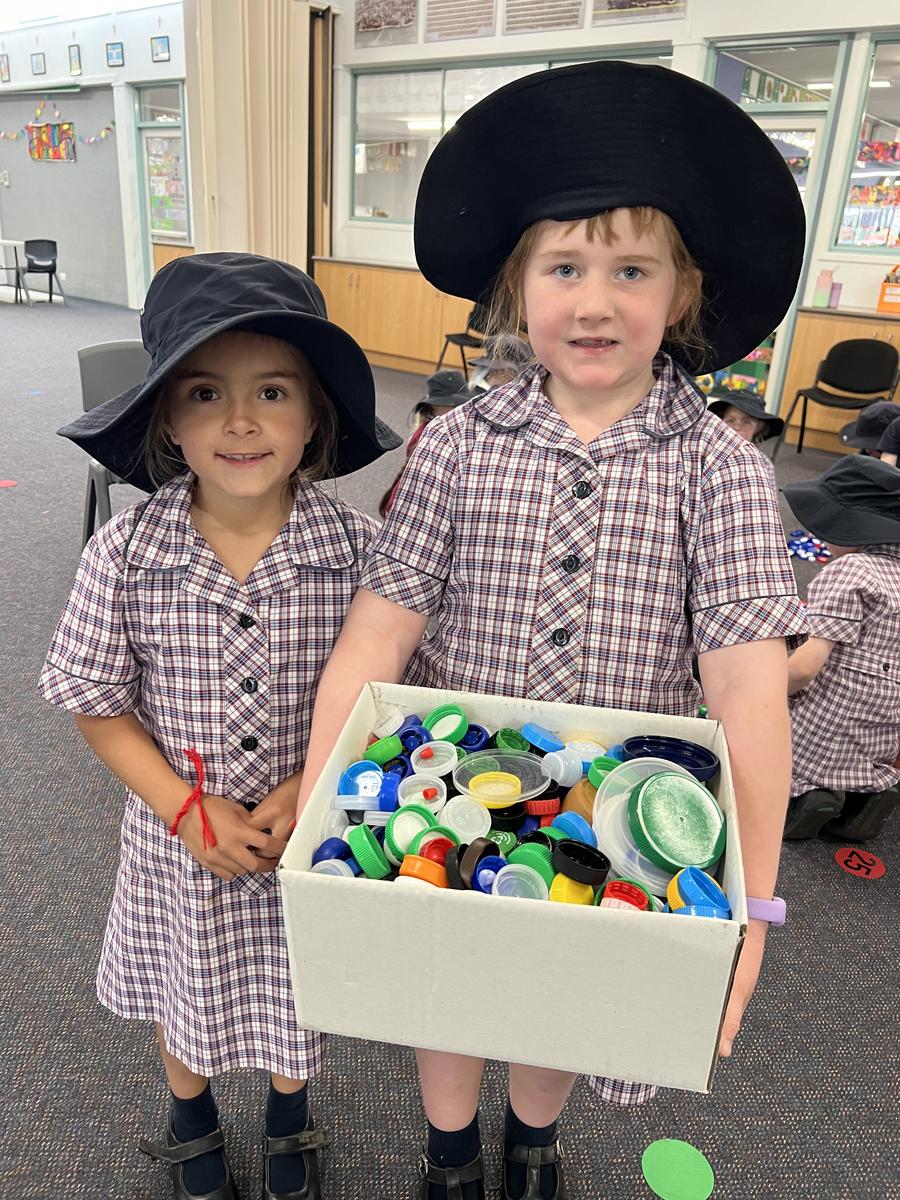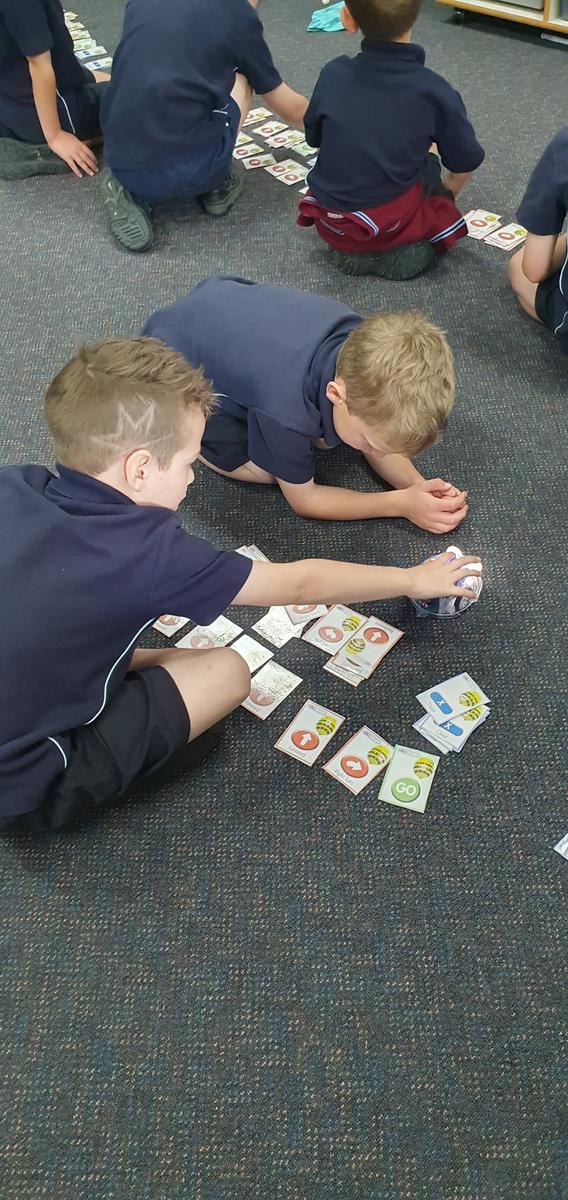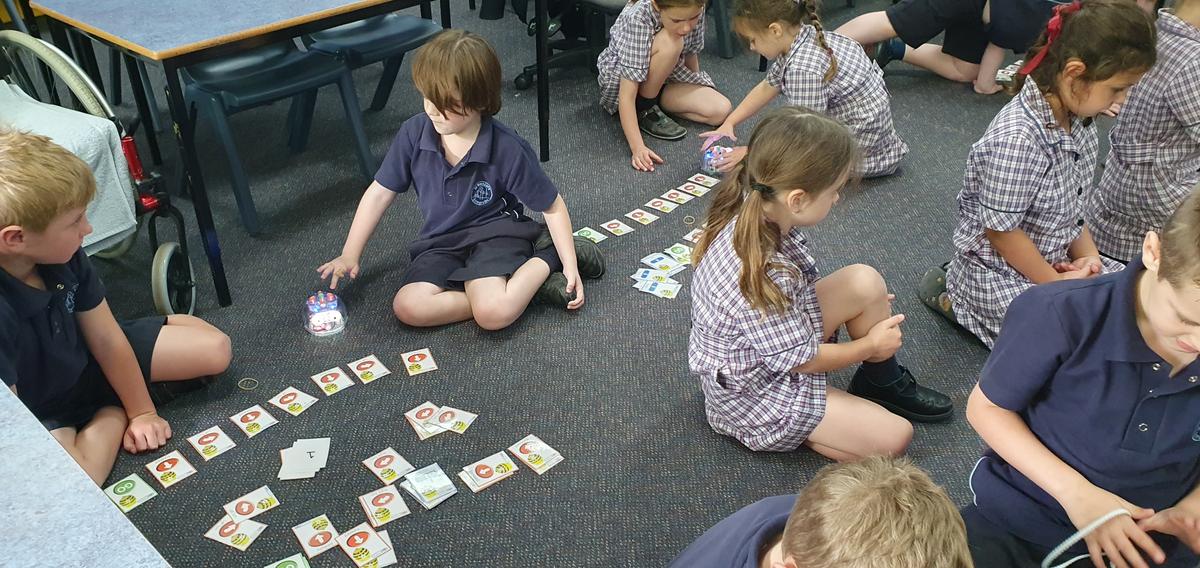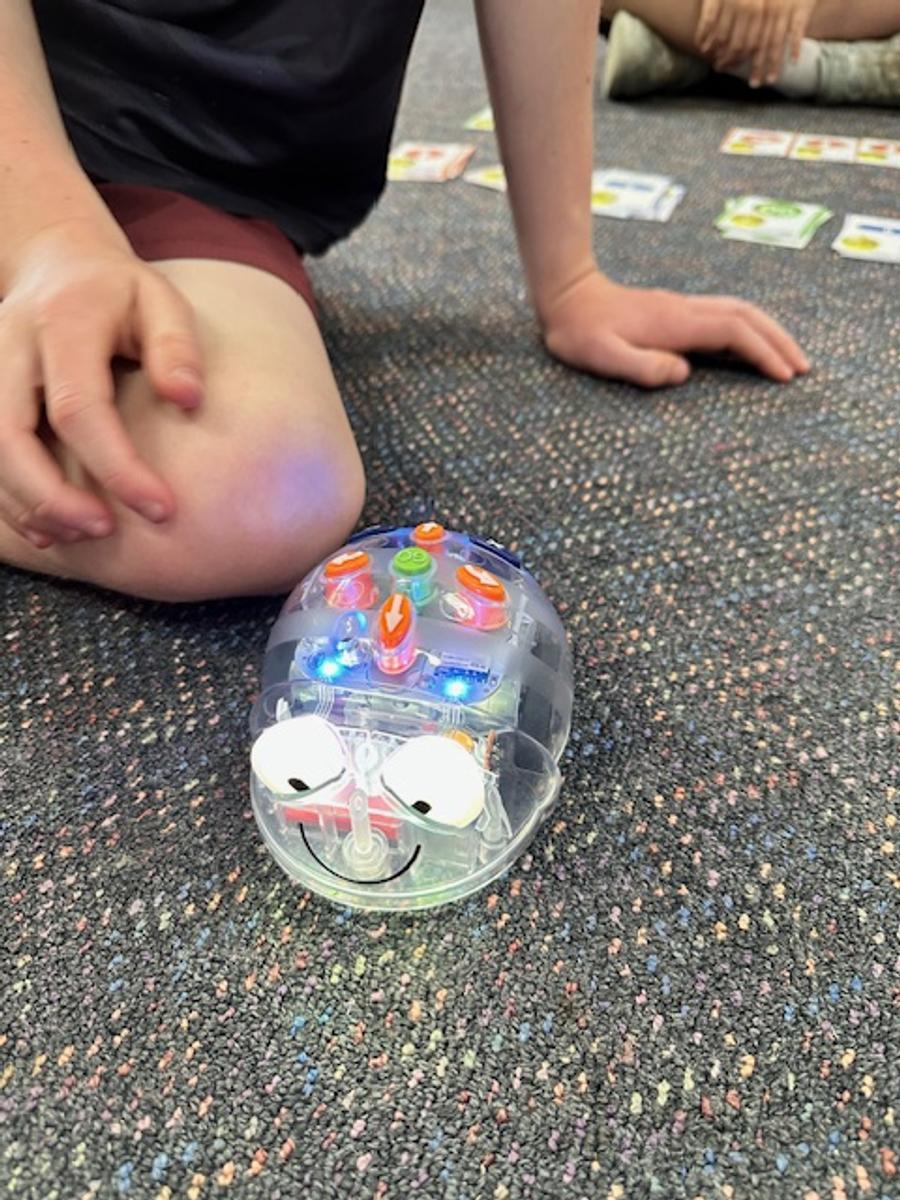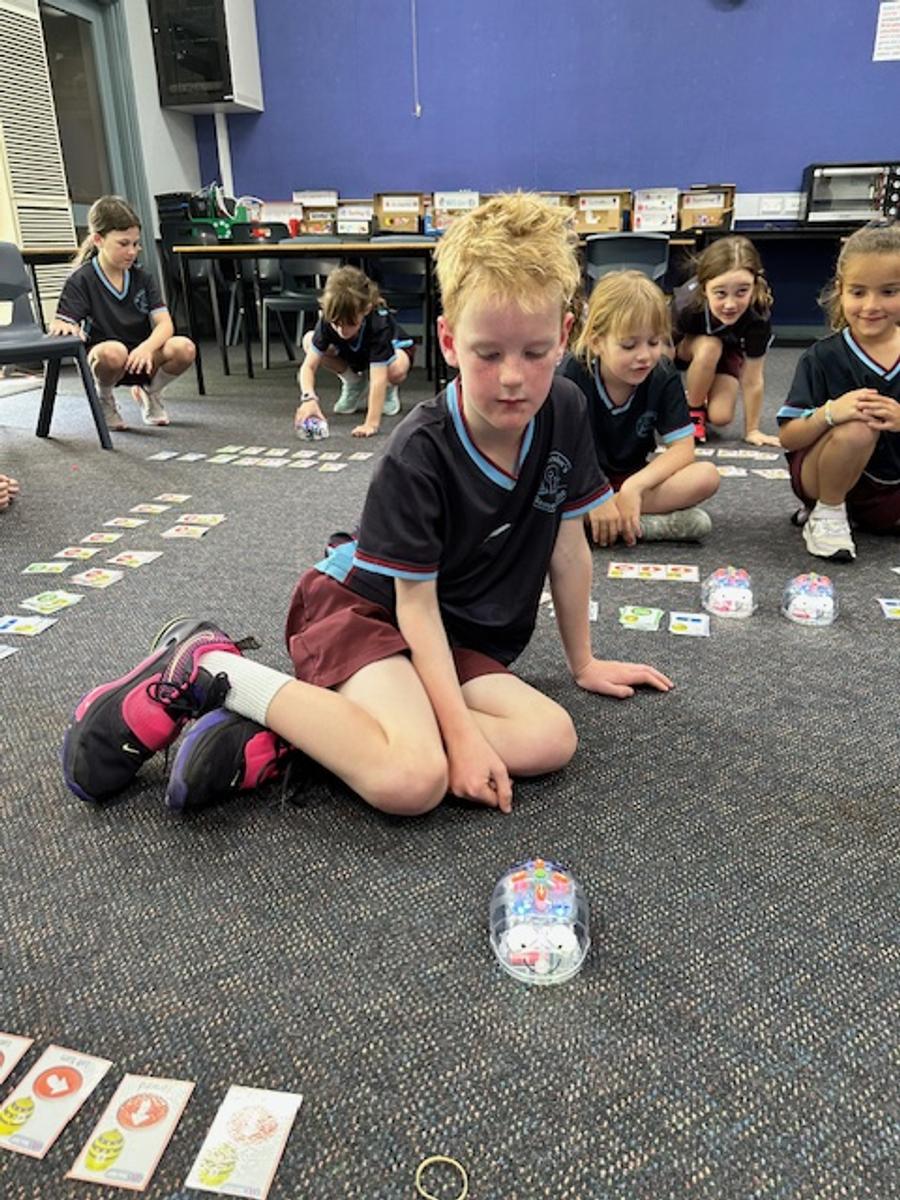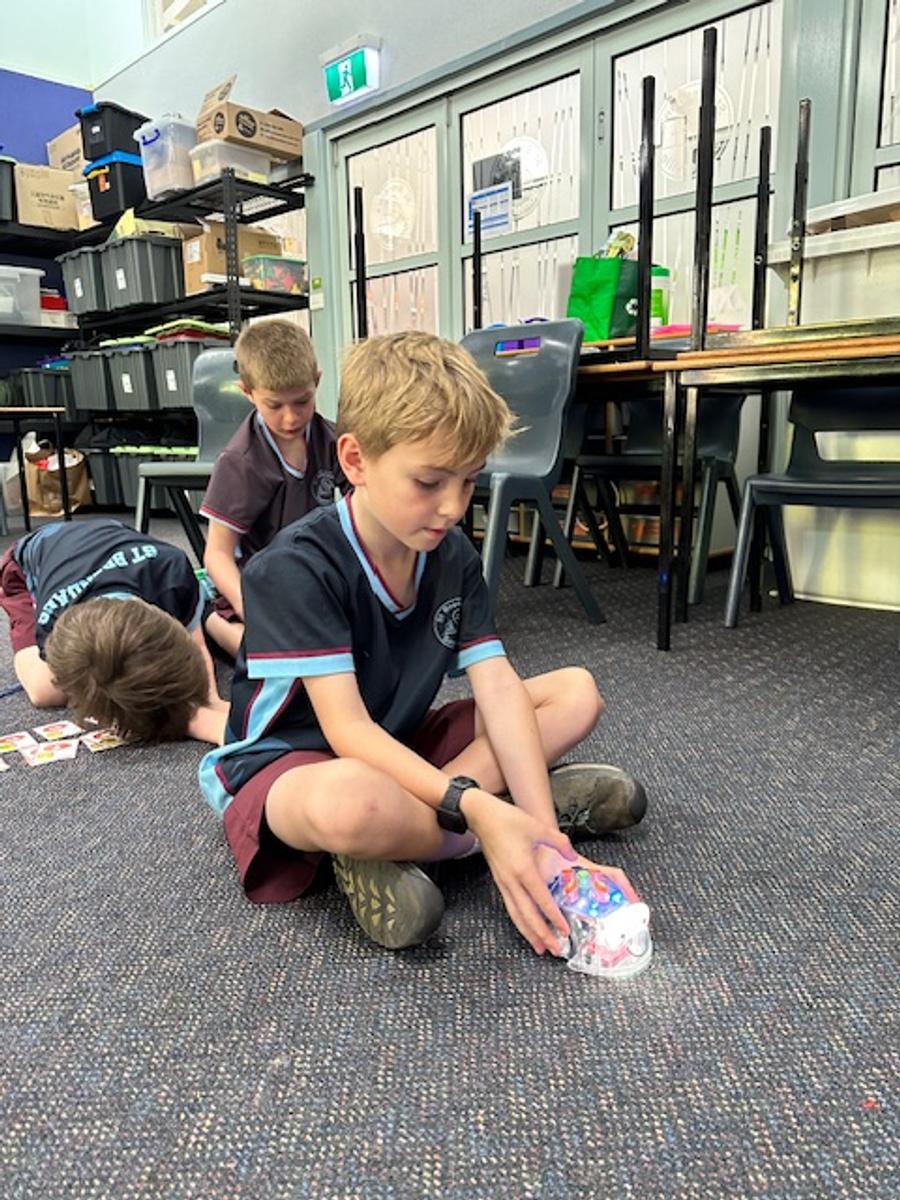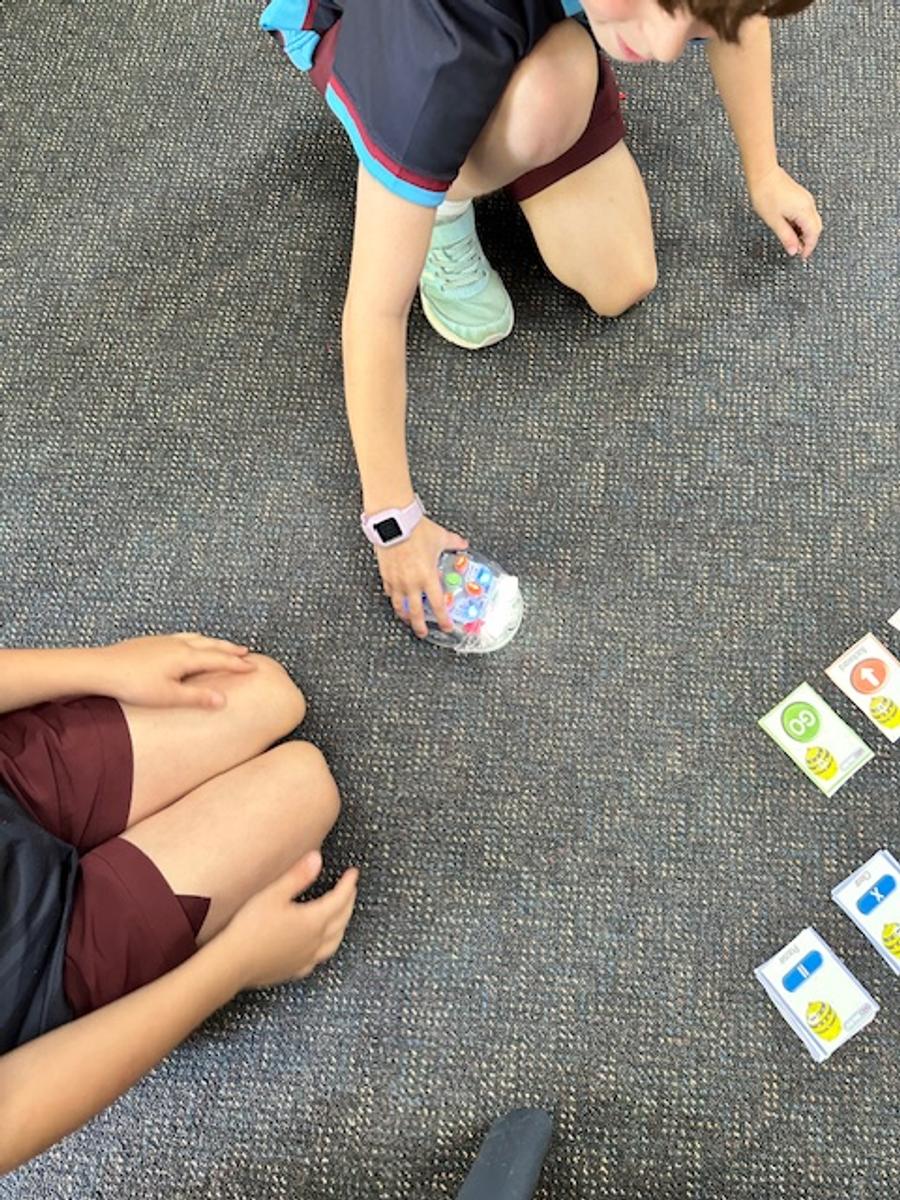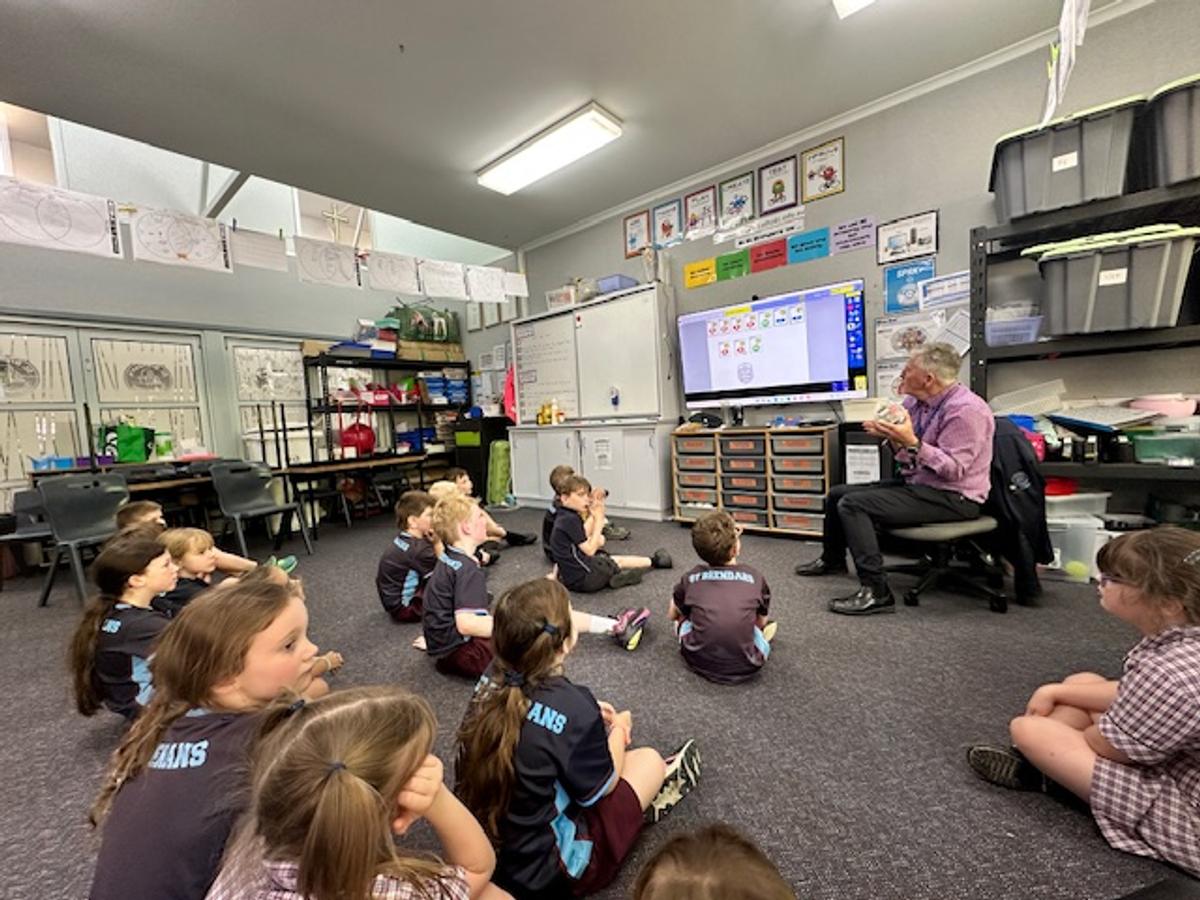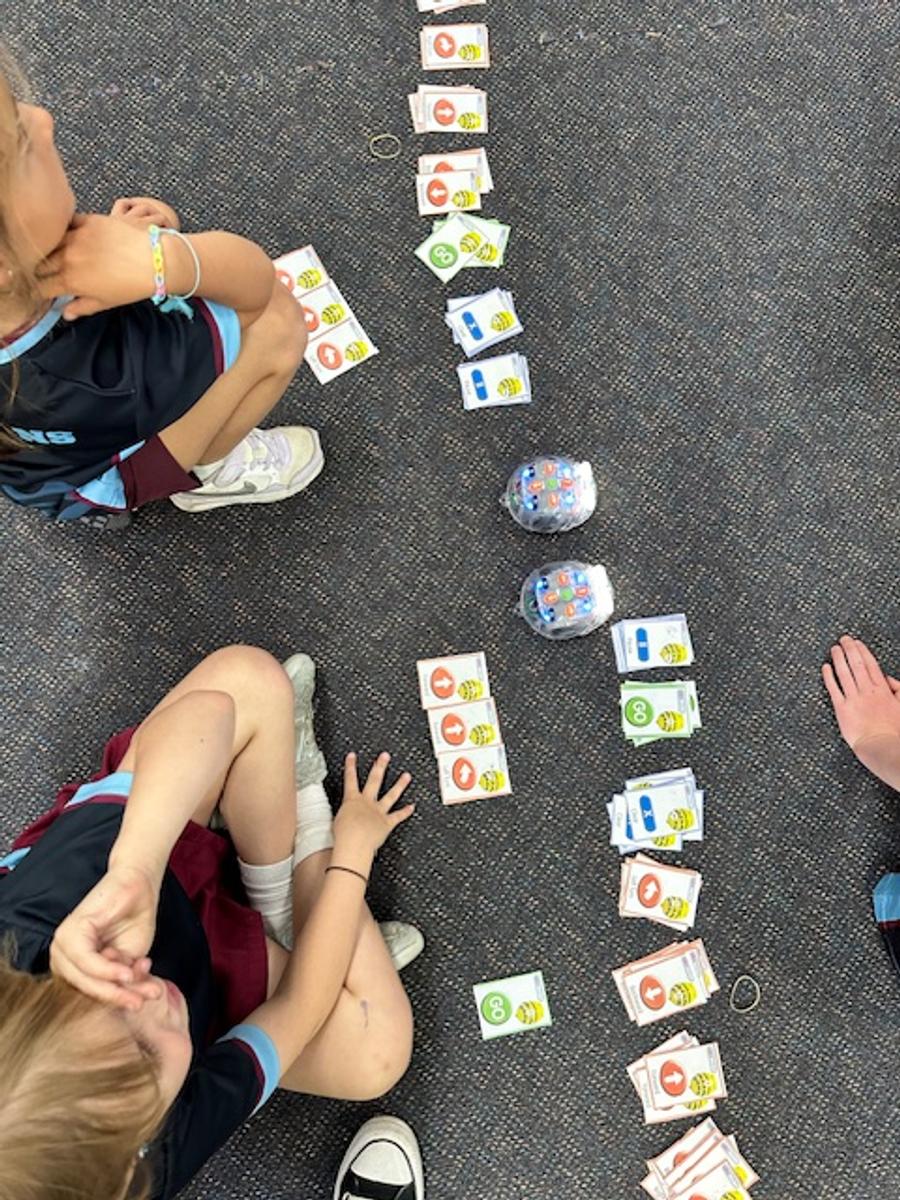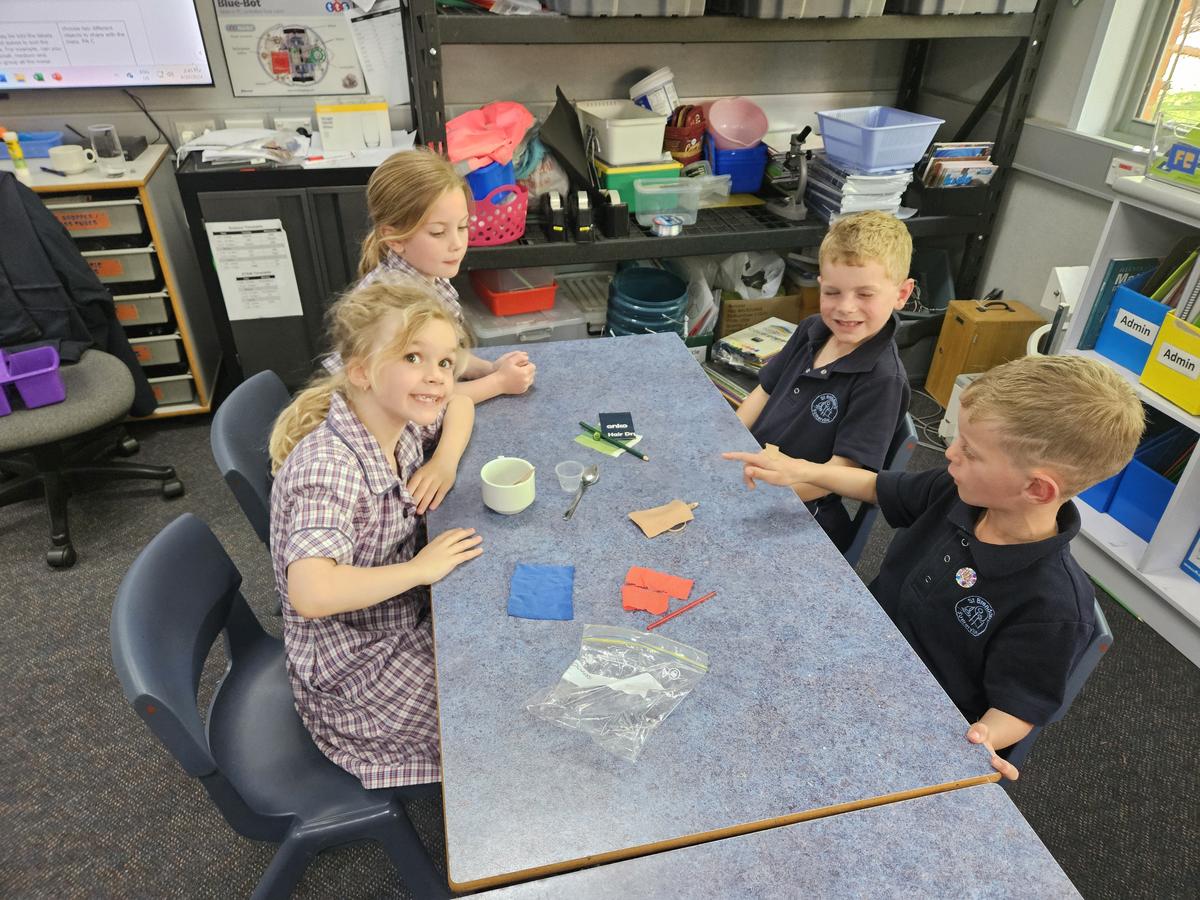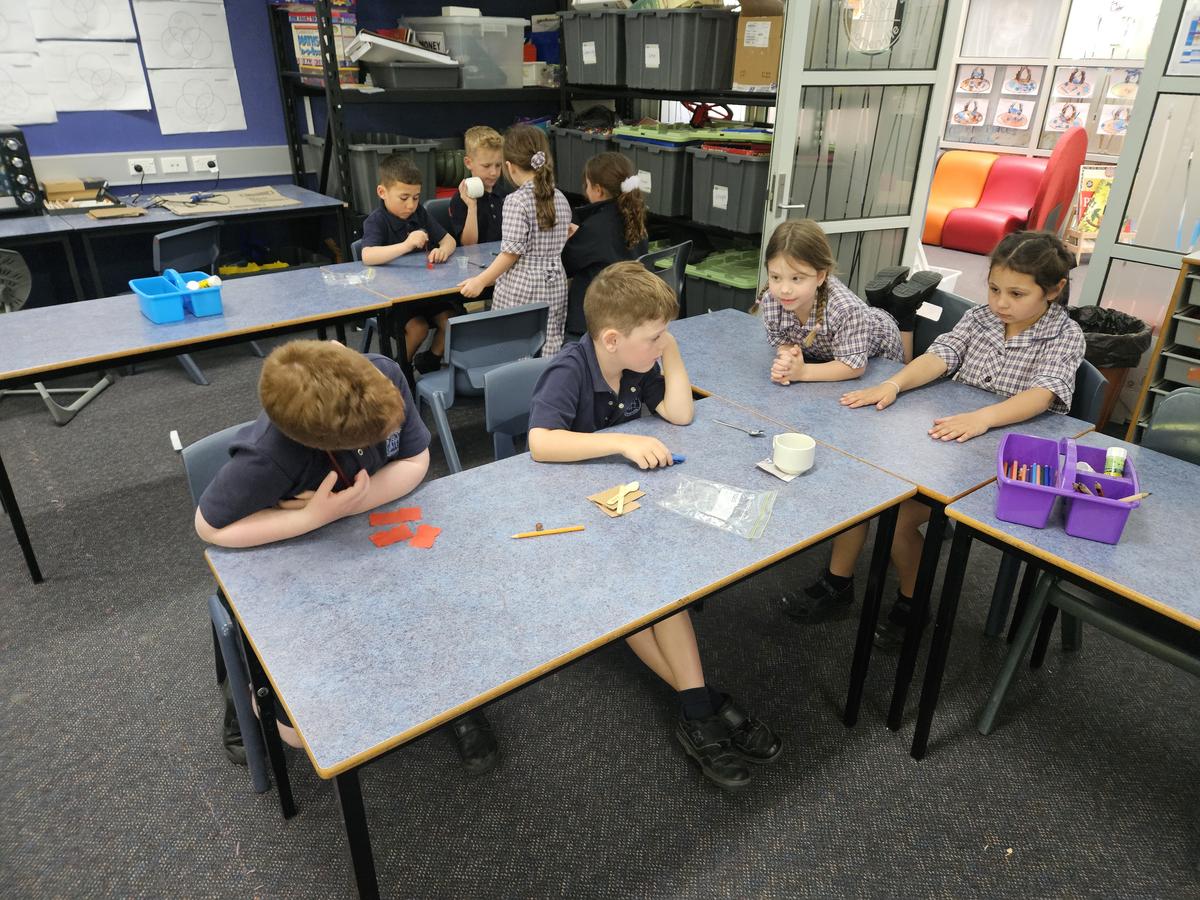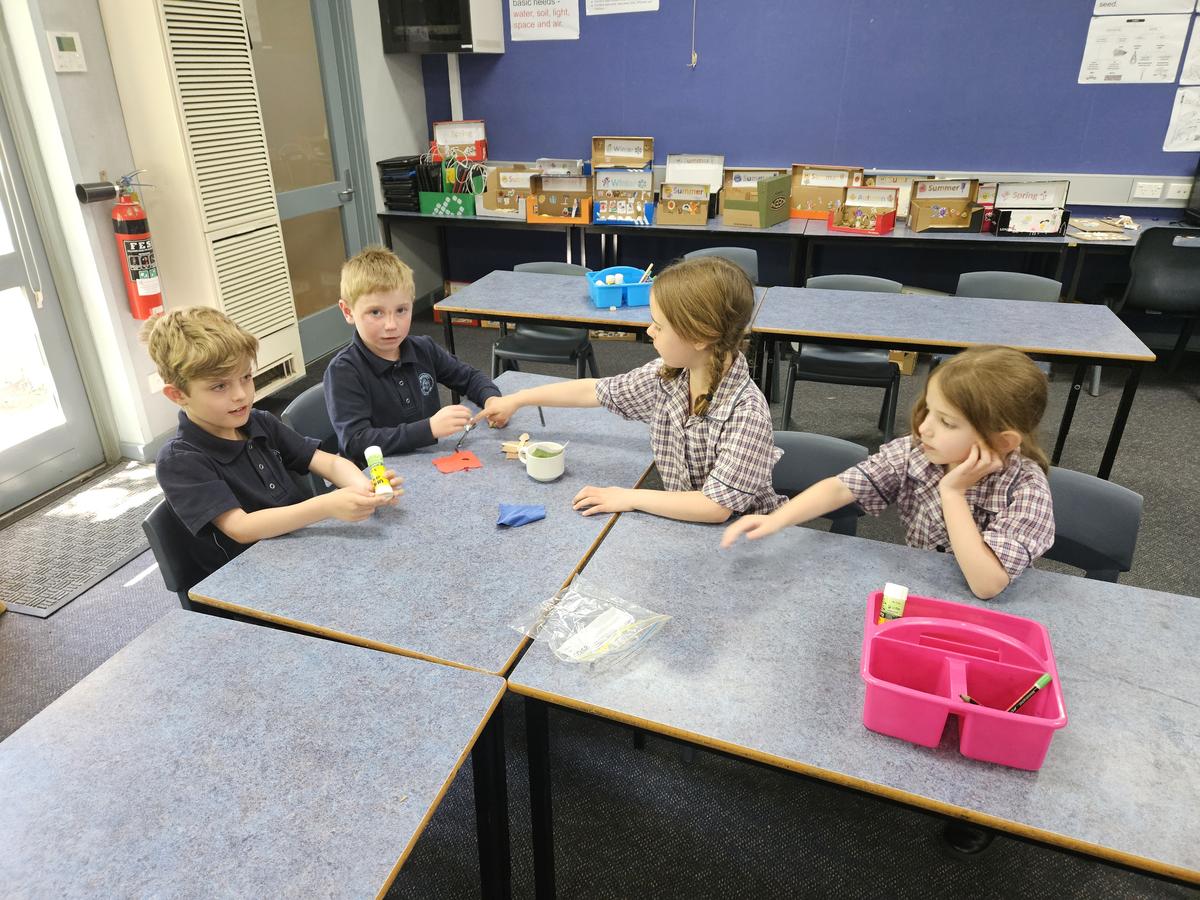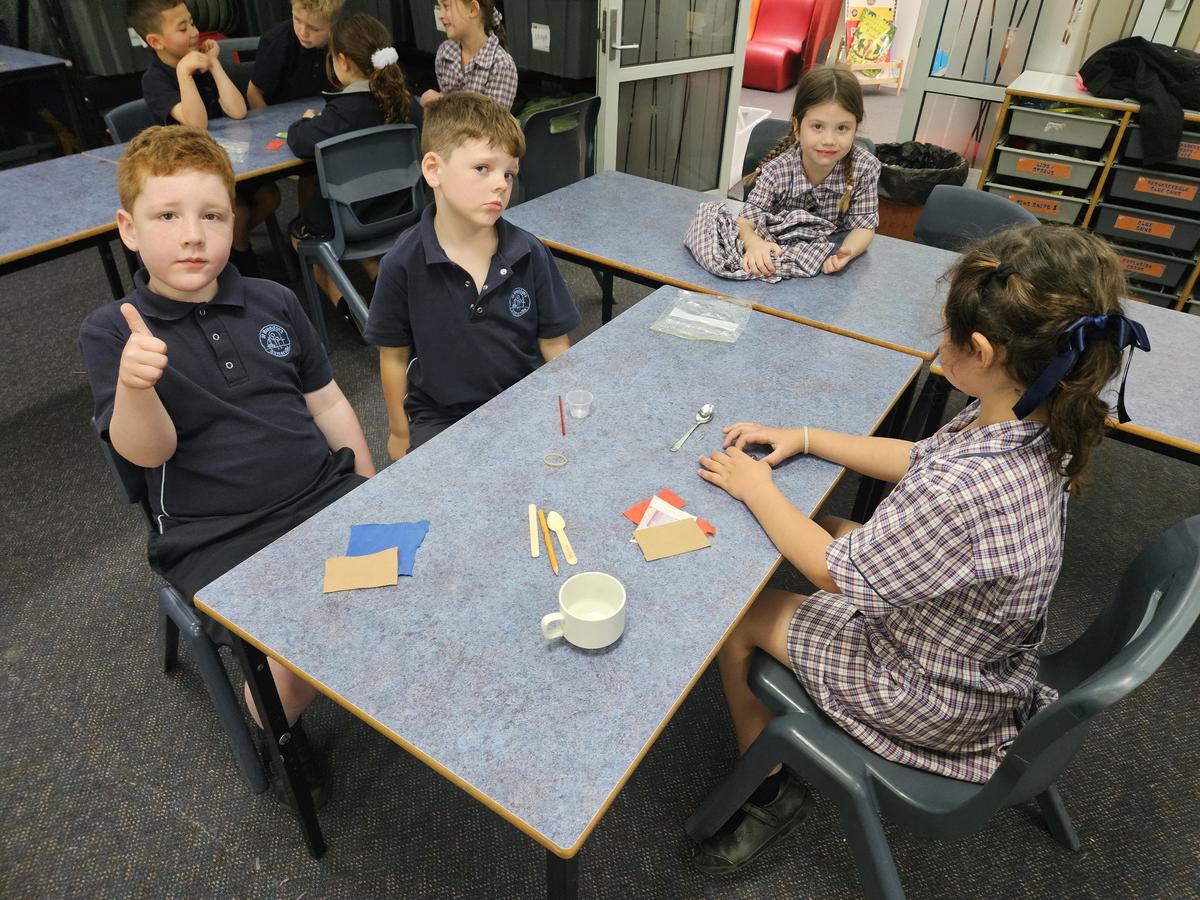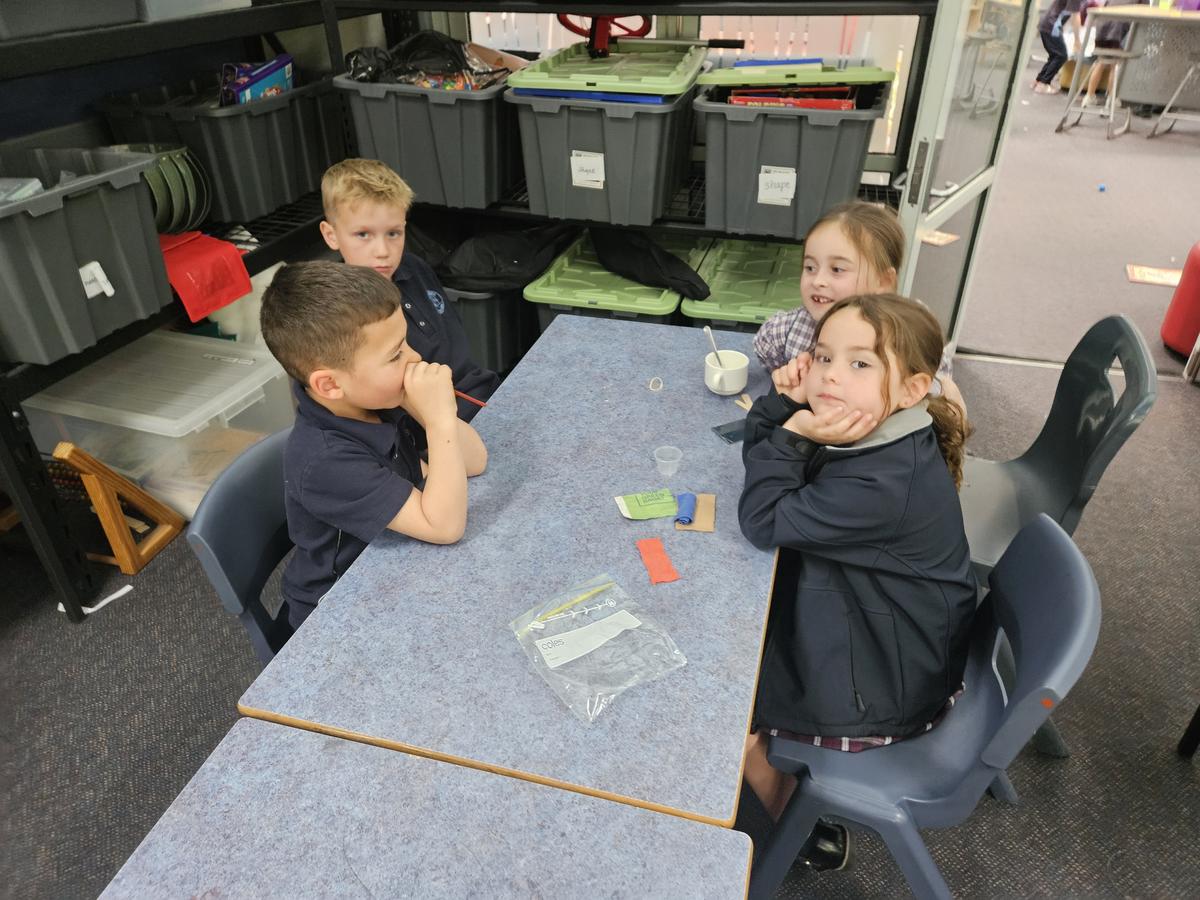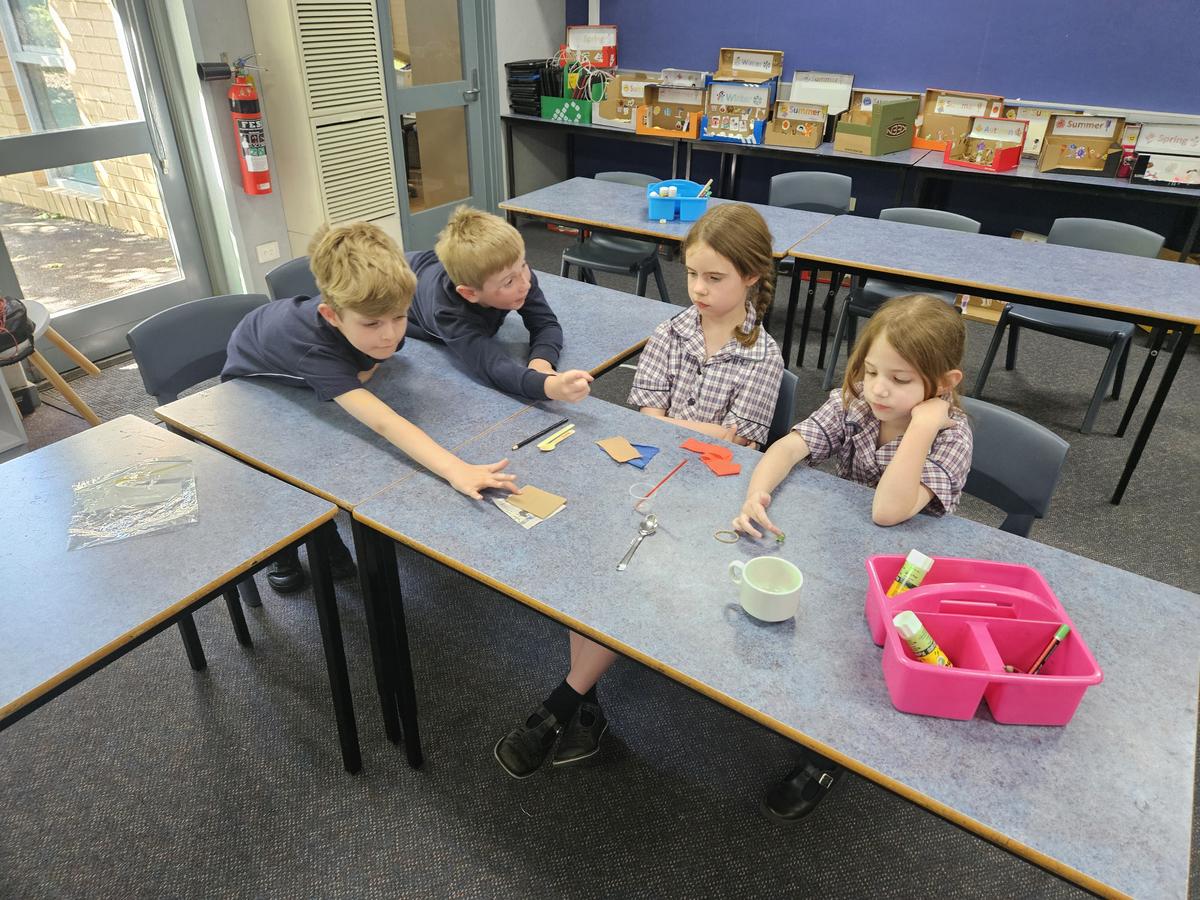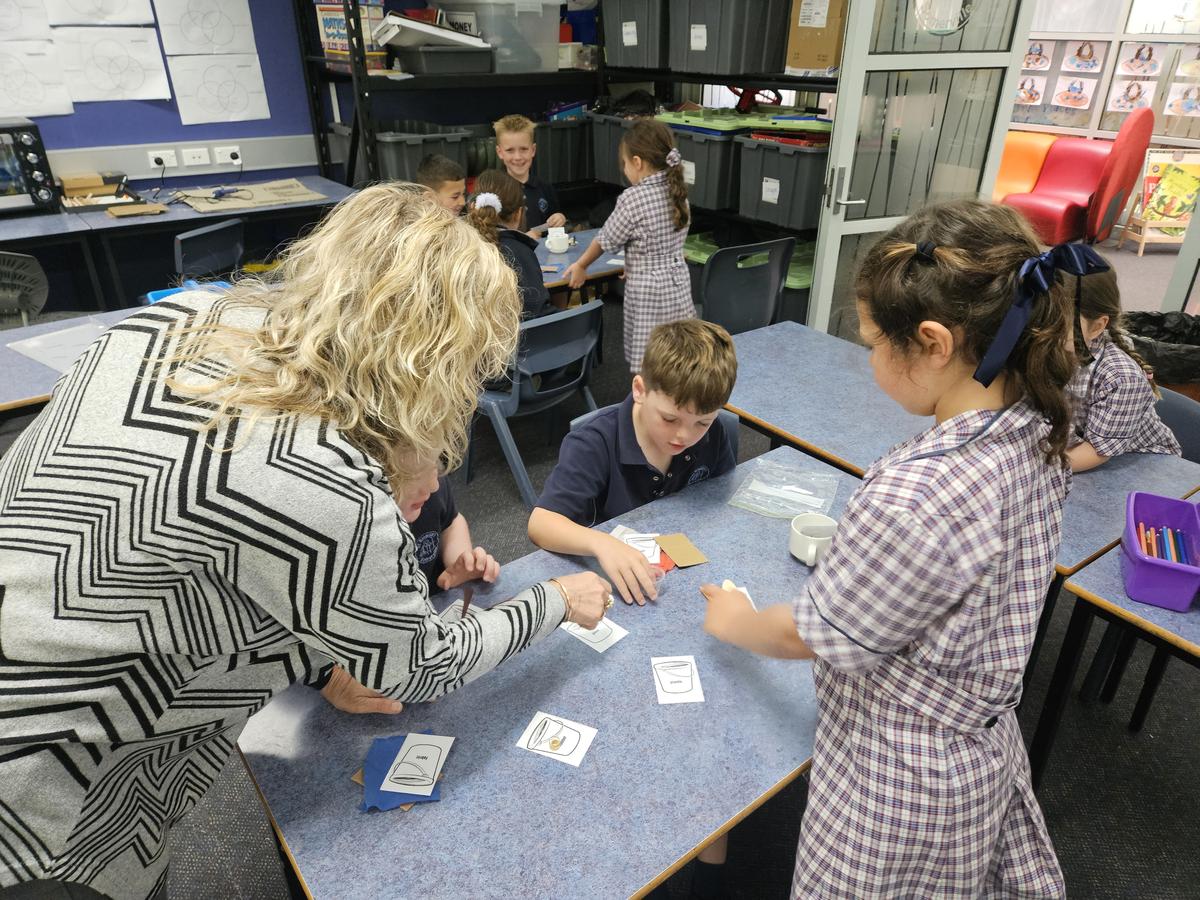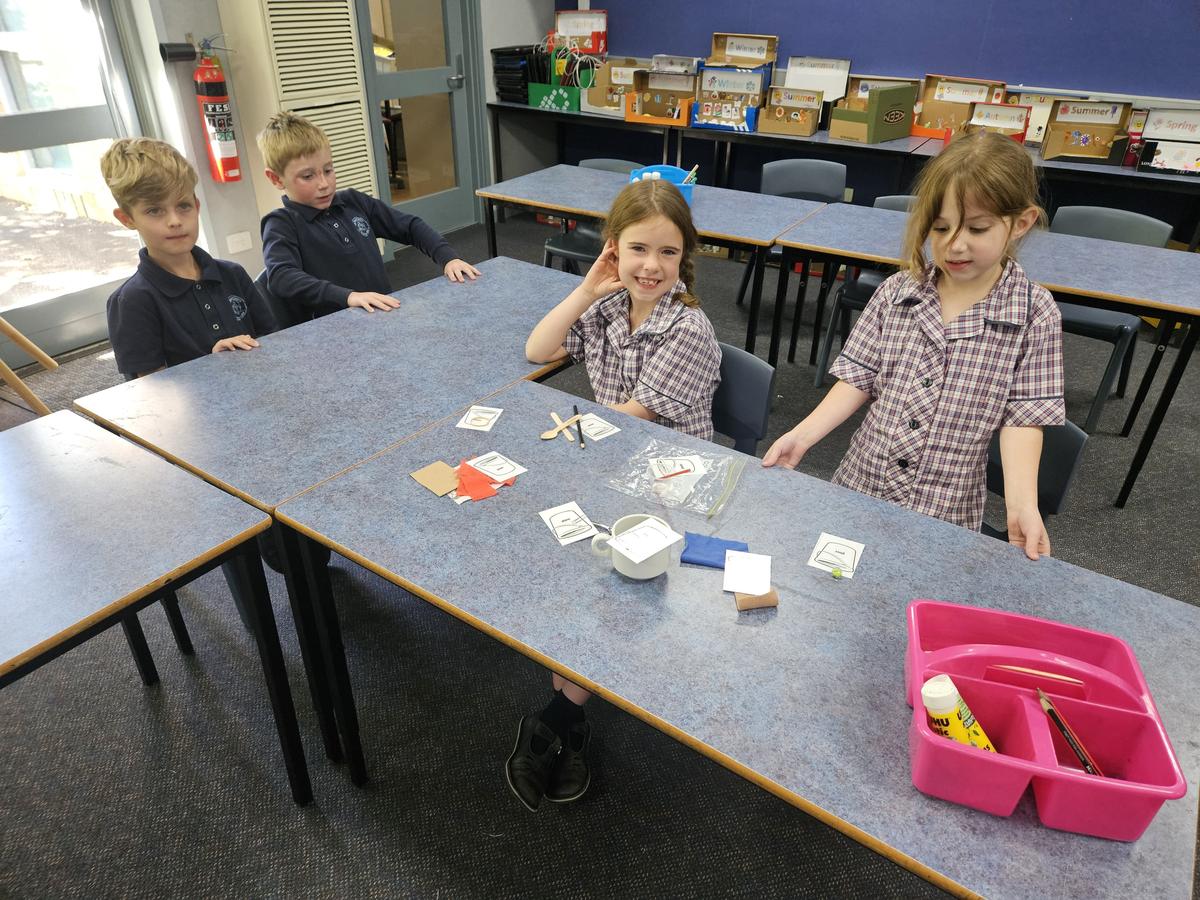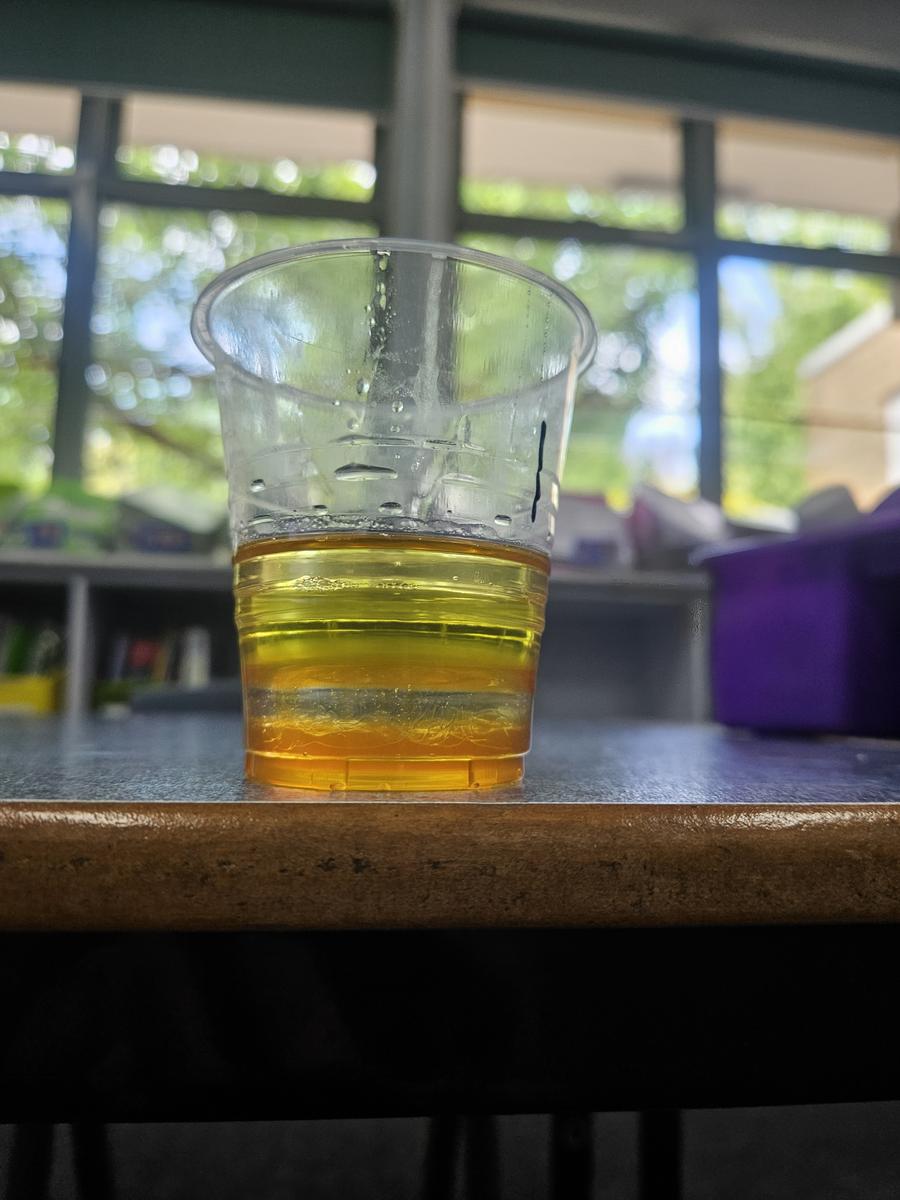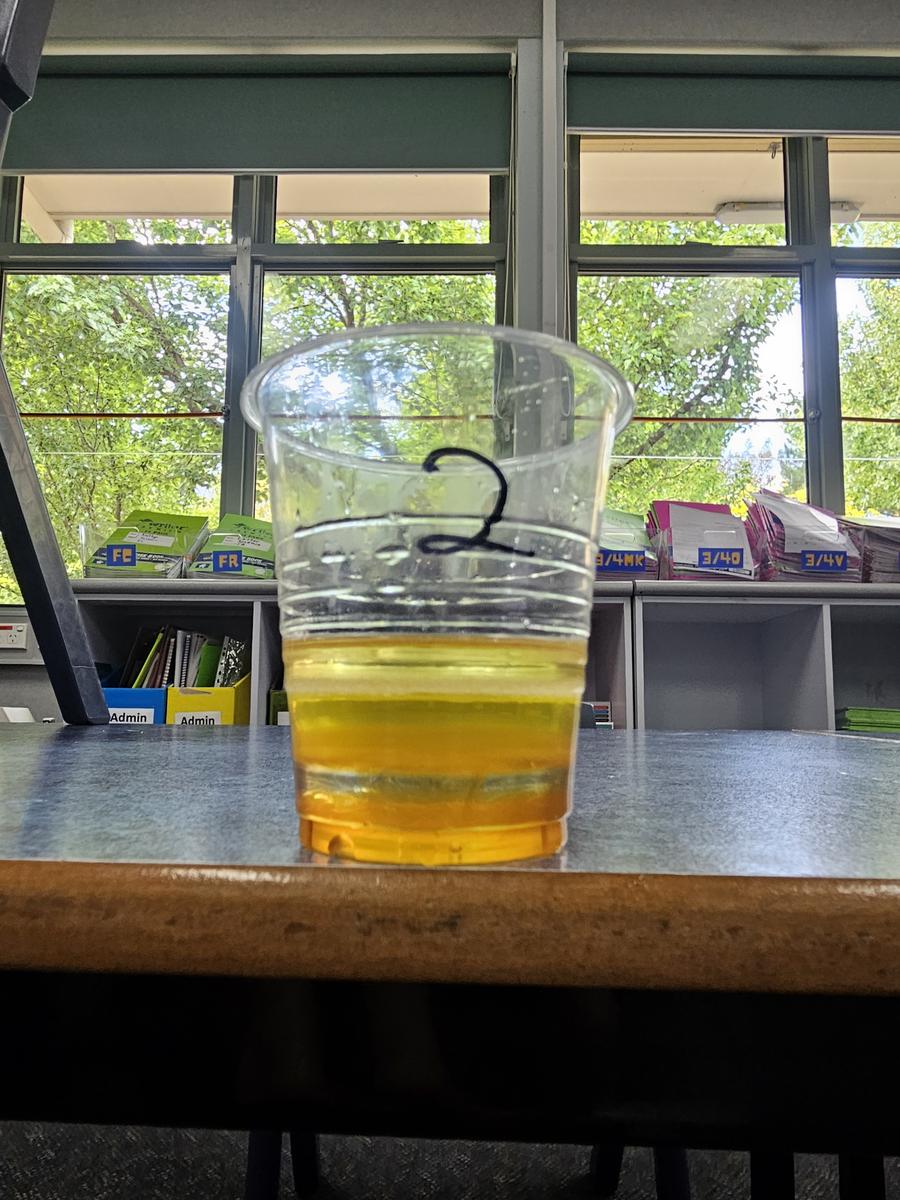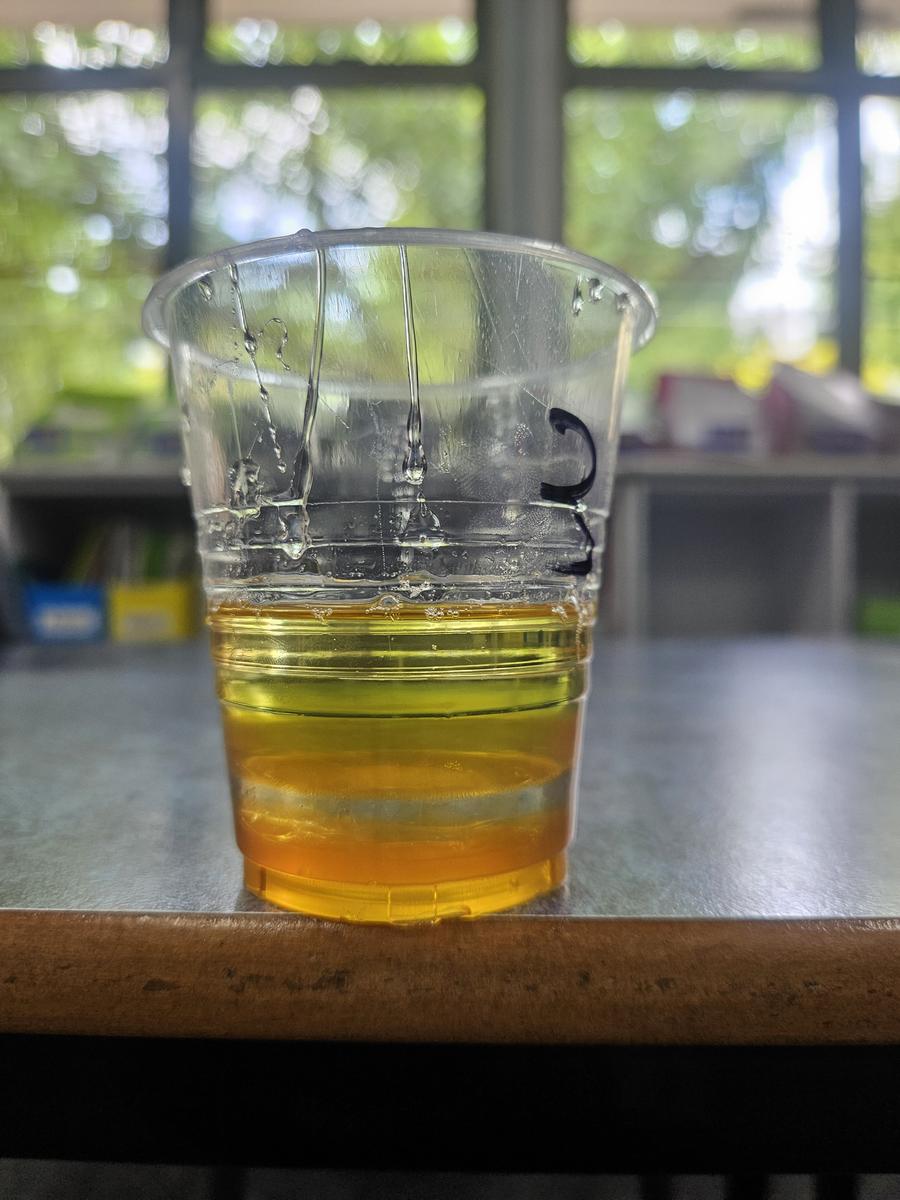Learning and Teaching
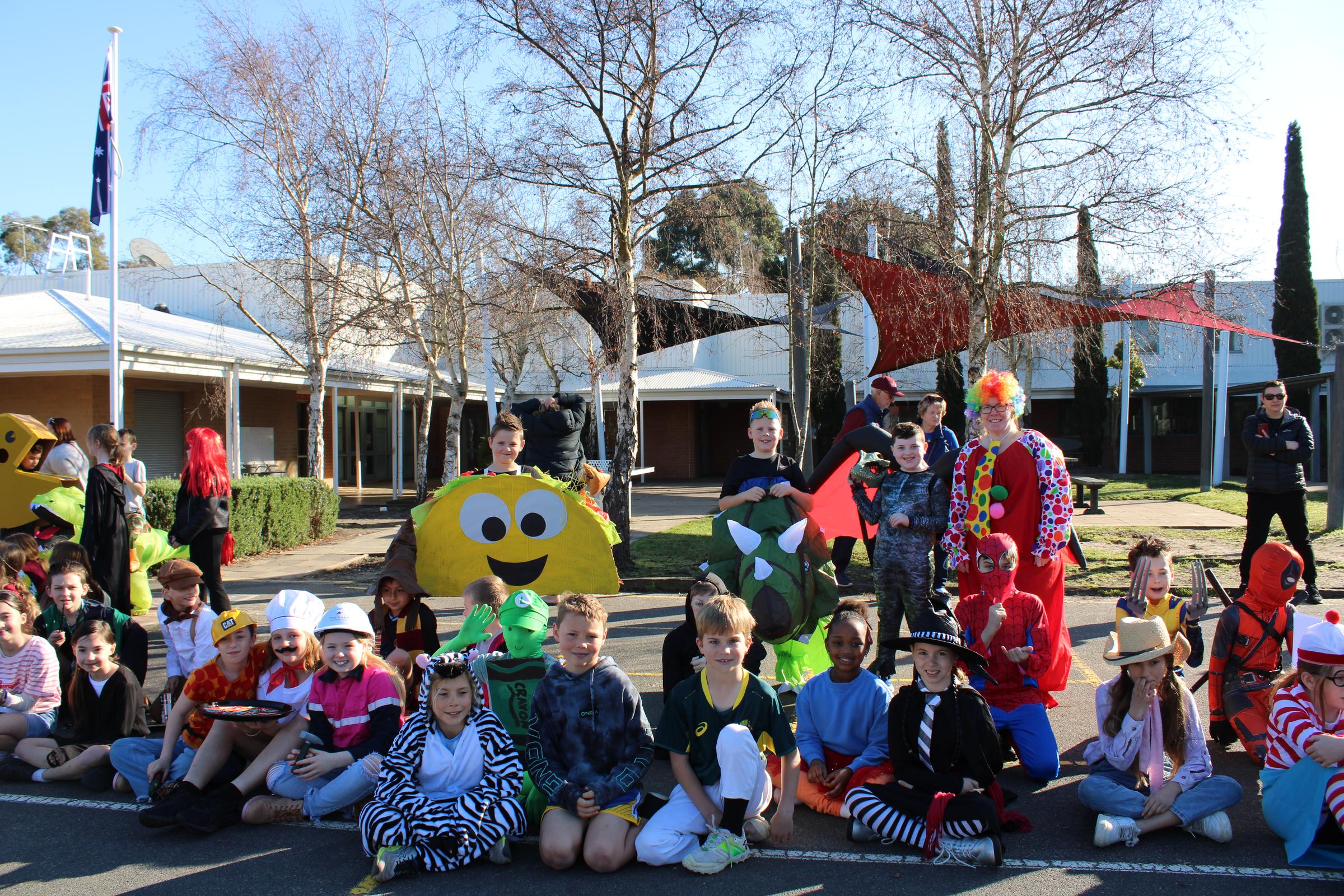
Supporting Vocabulary - practical ways to grow vocabulary
What is vocabulary?
Vocabulary is all the words we know, understand, and use. We learn new words in two main ways: by hearing them and by reading them. Children can learn new words through talking and interacting with family, friends and at school and by reading storybooks together (Beck, McKeown, Kucan, 2013).
The importance of vocabulary
Research shows that a strong vocabulary is important for school success (McKeown, 2019). As children progress in school, they need to understand and use more complex words, including specific words for different subjects (e.g., science words like "organism" and "synthesis") and words that help explain what they need to do for assignments (e.g., "discuss," "explain," "define").
Practical ways to help your child grow their vocabulary:
- Talk about word meanings
Talk about new words your child hears. For example, if they hear the word "curious," explain that being curious means wanting to learn new things. You can write the word down, keep it on the fridge, and discuss it at the dinner table. - Use new words in sentences
Encourage your child to make sentences with new words. For example, if the new word is "adventure," they can say, "We had an exciting adventure in the forest." - Explore word groups
Help your child see how words are related by grouping similar words. For example, if you're talking about "animals," discuss different types, like mammals, birds, and reptiles. - Learn similar words (synonyms)
Expand their vocabulary by learning words with similar meanings. For example, for "happy," you can introduce synonyms like "joyful," "content," or "excited." - Learn opposite words (antonyms)
Teach them opposites to deepen their understanding of words. For example, if the word is "hot," you can discuss its opposite, "cold."
Remember, building vocabulary is an ongoing process! Daily conversations, reading together, and playing word games are great ways to help your child develop their vocabulary.
Green Team Gardening News
On Friday, some of the members of the Green Team assisted in planting more vegetable seedlings in Brendan’s Garden. The vegetables we planted were; capsicum, lettuce, snow peas, snap peas, corn and pumpkin.
Before we could plant the pumpkin, the team had to do some weeding of the large tiered garden bed as the mint had taken over along with some spring onions and thistles. After planting the seedlings, we gave them all some water and made sure they were well mulched. We are hoping they all grow and thrive in the lovely spring time weather.
Here are some photos of the freshly planted seedlings.
Lids4kids
Week 4 Lid counting
STEM
FR programming the Blue-bots to perform different algorithms and problem solving if the robot doesn't do as expected. This can be tricky but another fun.
1/2's STEM Programming (blue-bots)
Science
This term in Science, the Foundation students this term in Science are learning about the topic, ‘Materials have Properties’. In this topic, we are looking at lots of different materials and what makes them different or similar to each other. In these pictures, Foundation R are grouping 15 different objects in groups based on size, shape and then finally, what material they were made of.
Science 5/6's
The topic for Science in Year 5 and 6 is 'It’s a Matter of State'. We are looking at the properties of solids , liquids and gases. Last week we did an experiment where we had different liquids. We predicted whether they would be stacked based on previous knowledge and conducted the experiment. The students were able to observe that not all liquids have the same density (weight) so that heavier ones were at the bottom and the lightest the top.

